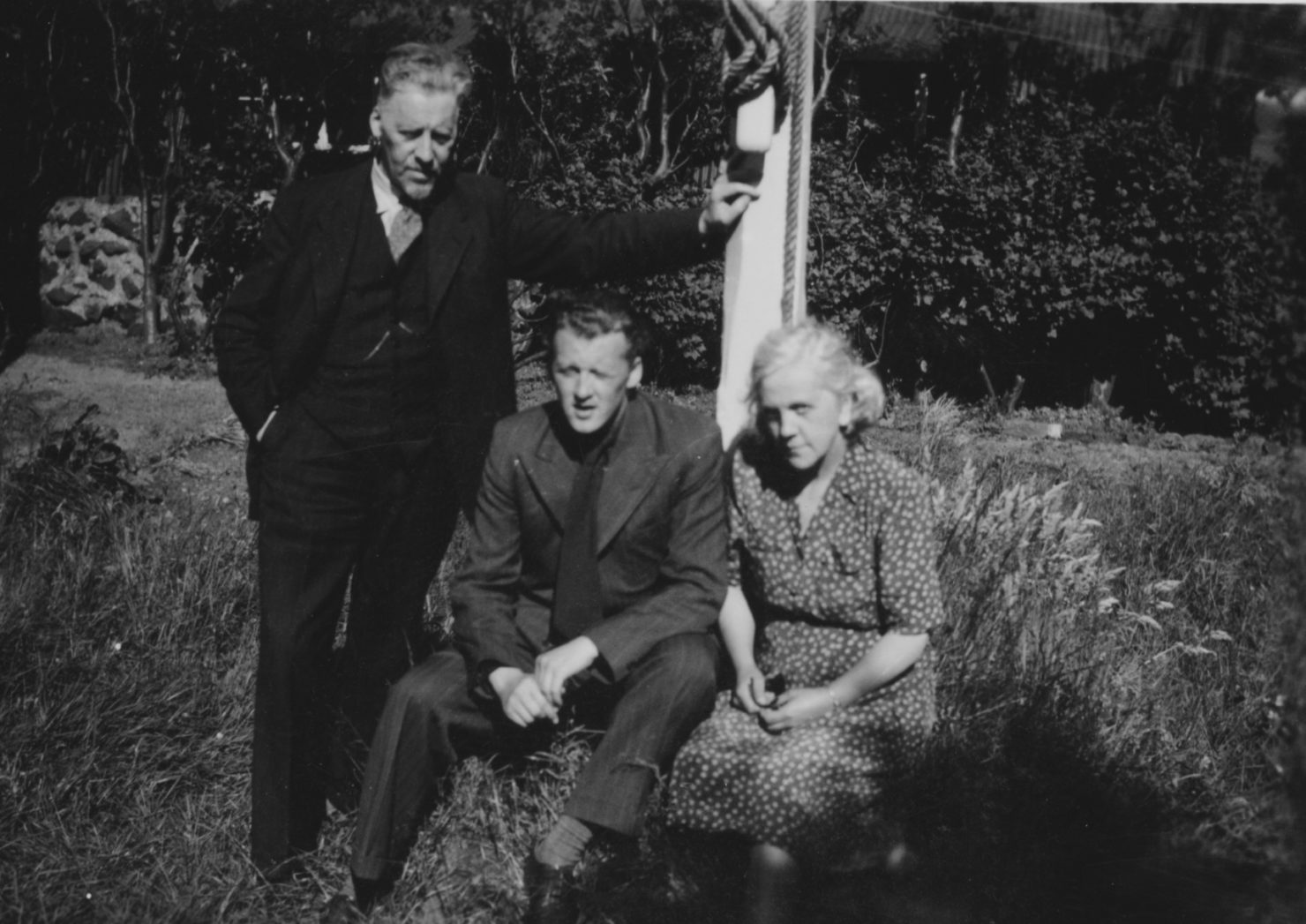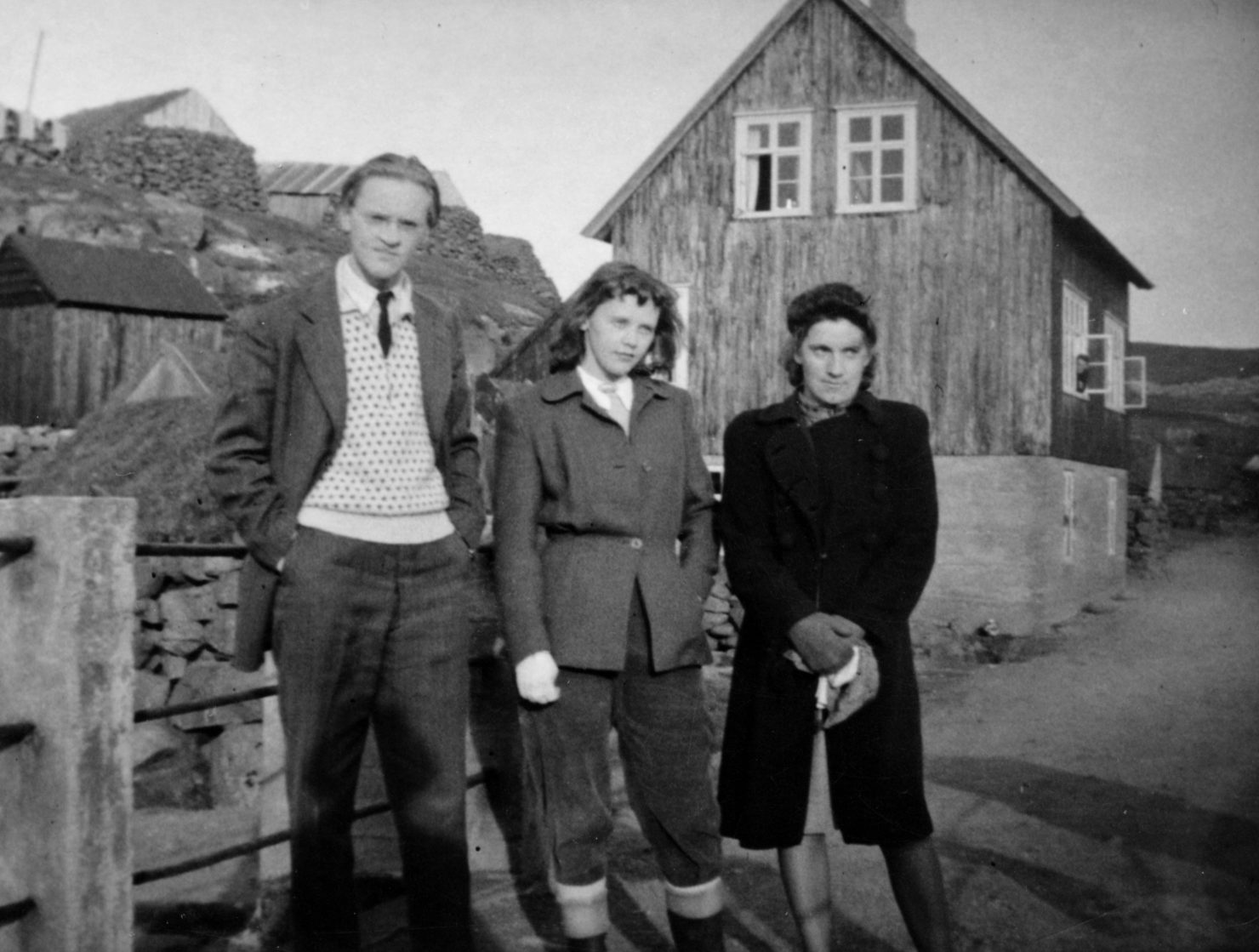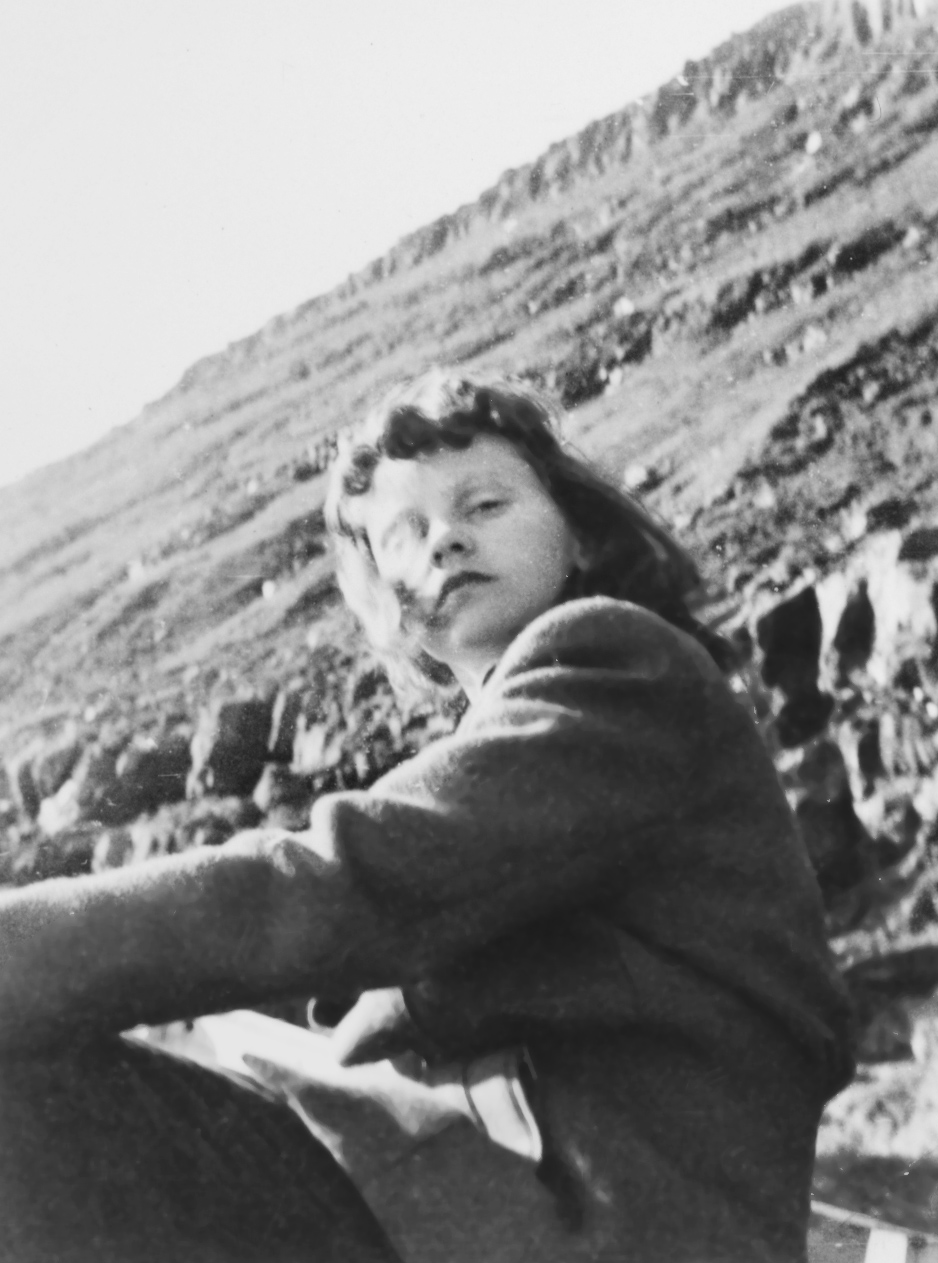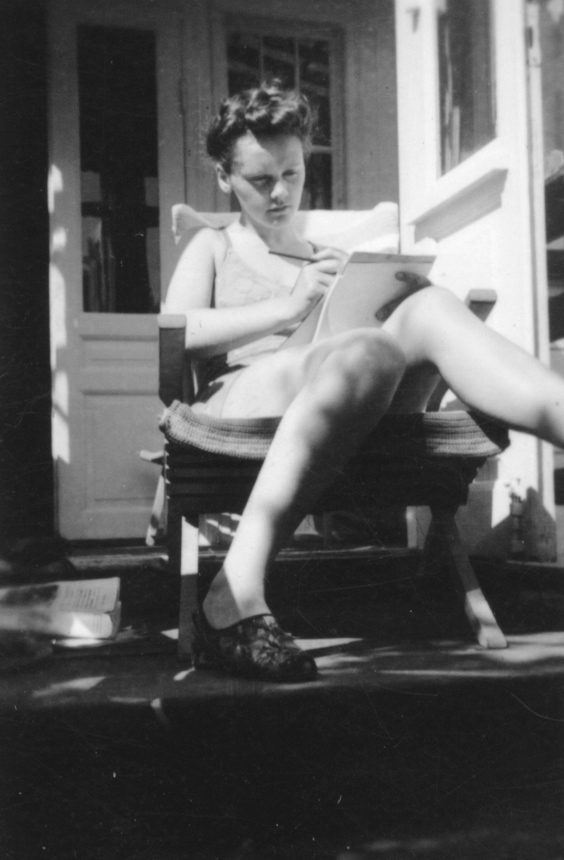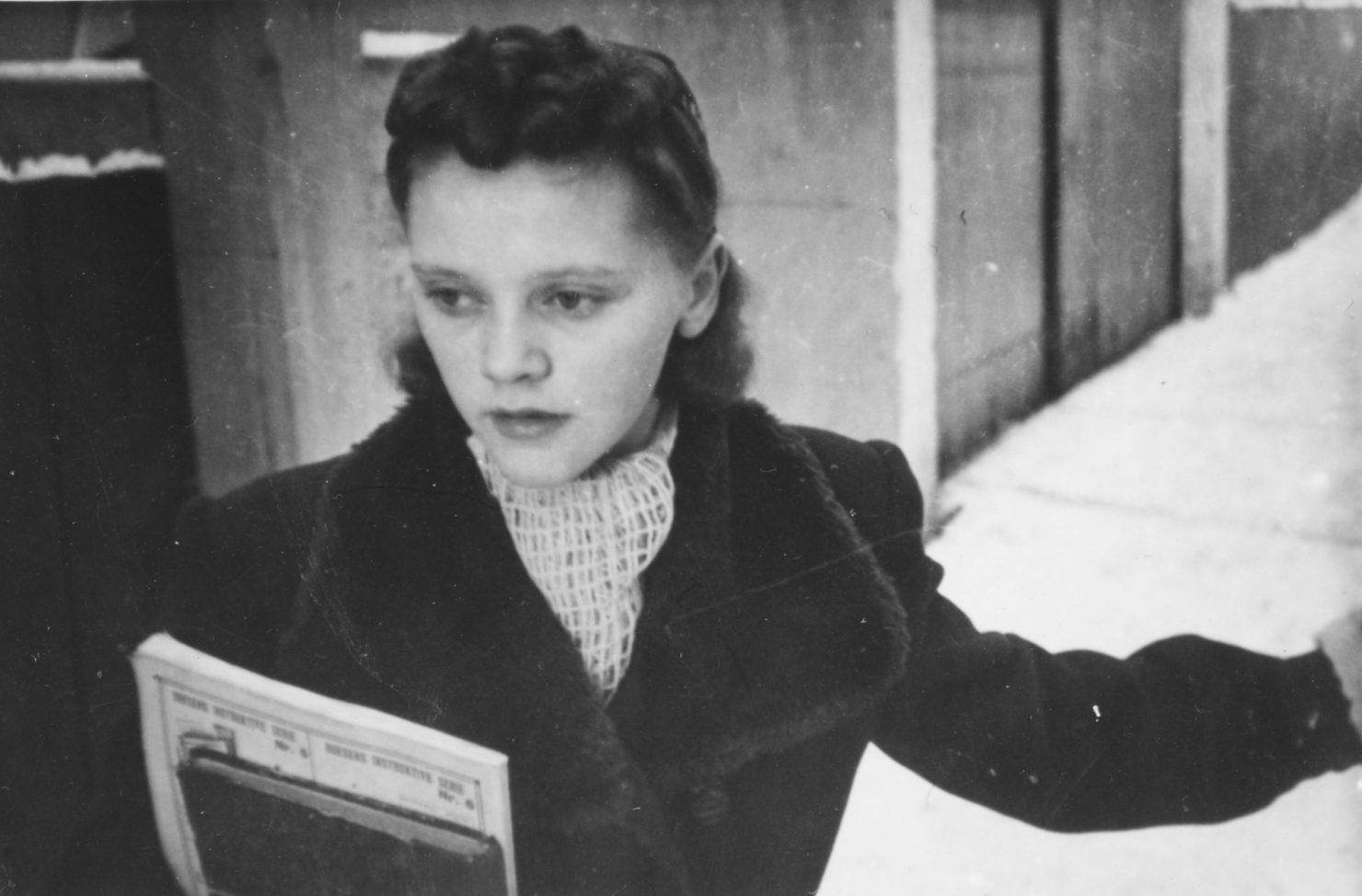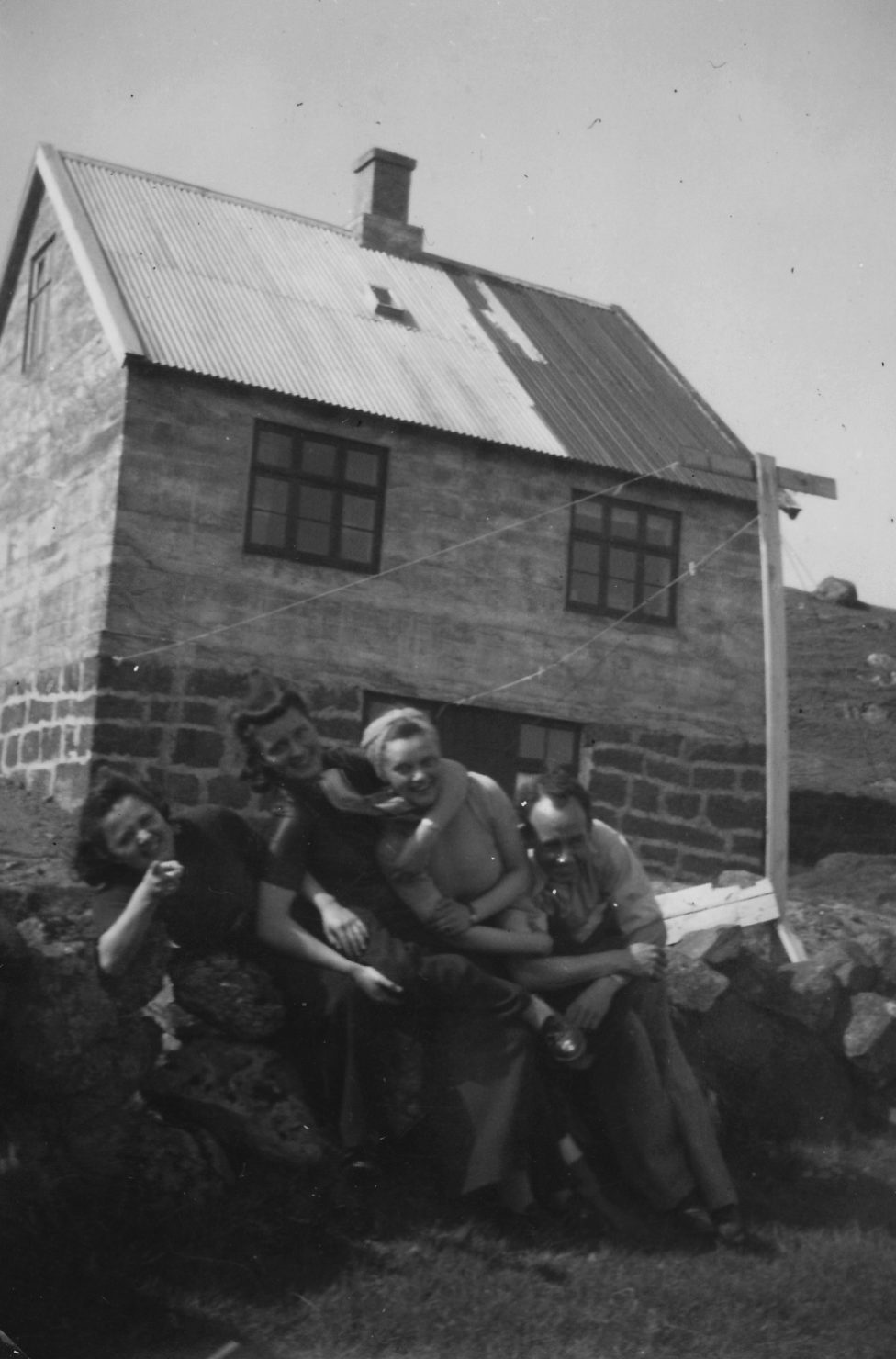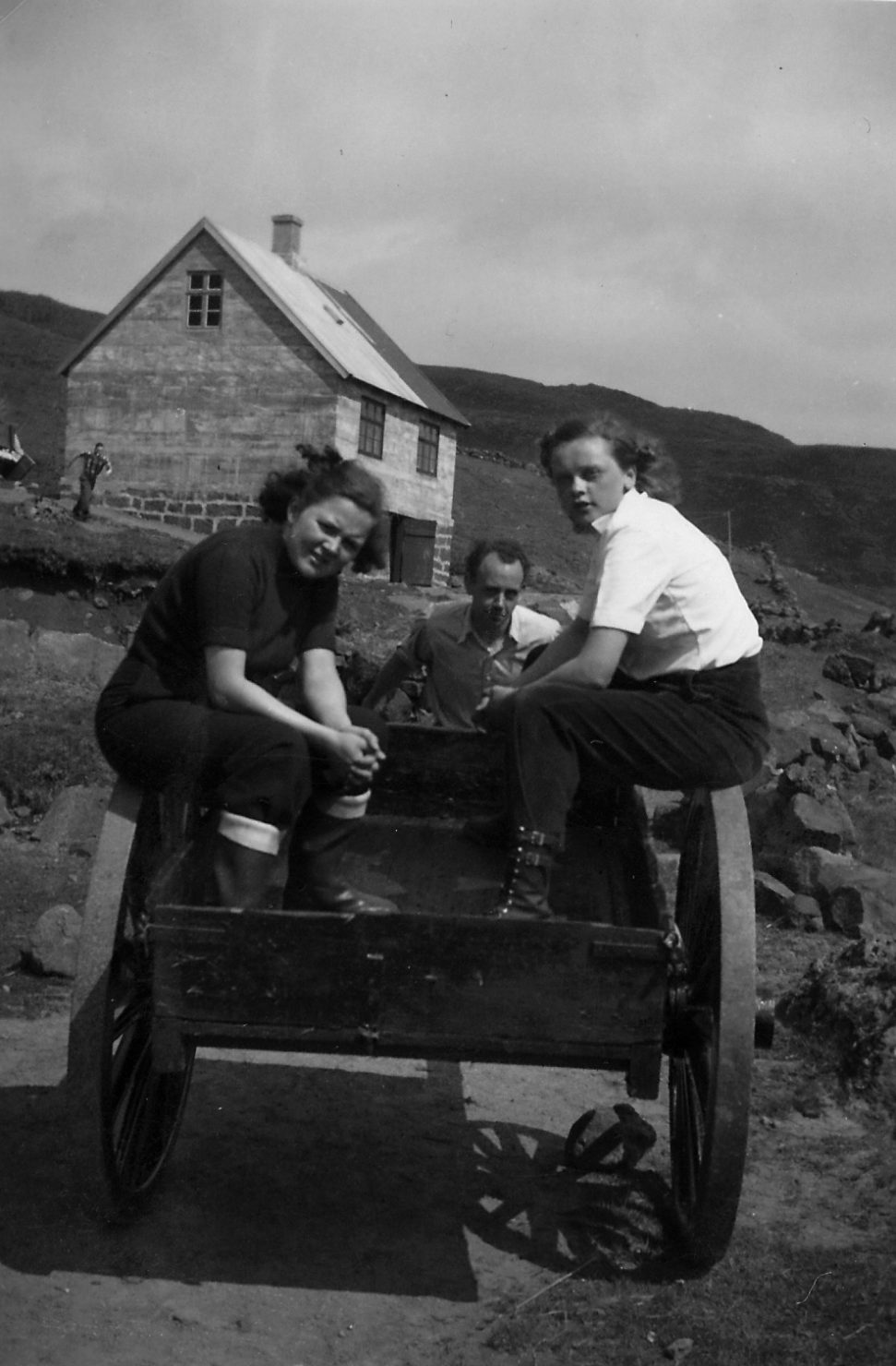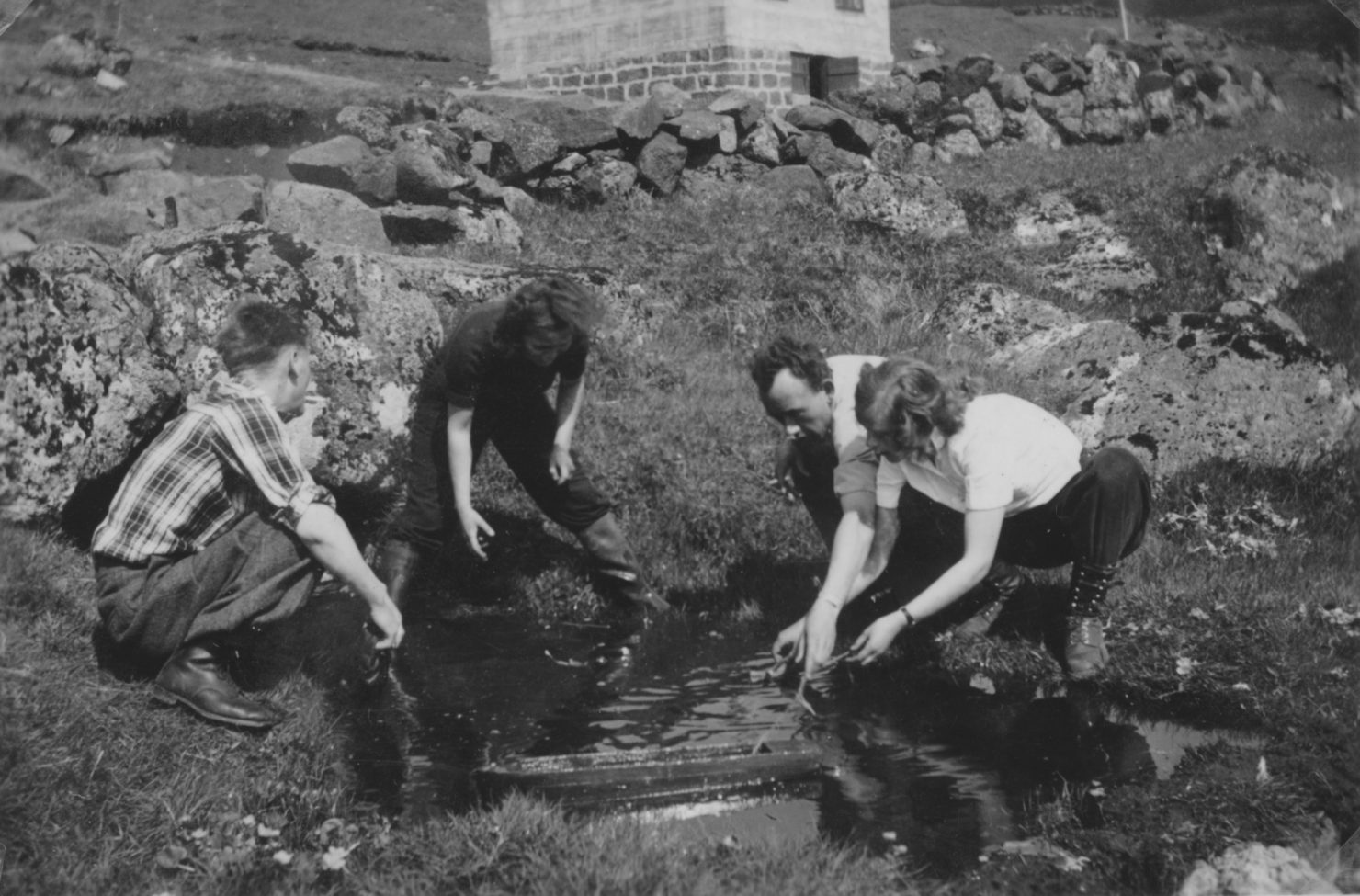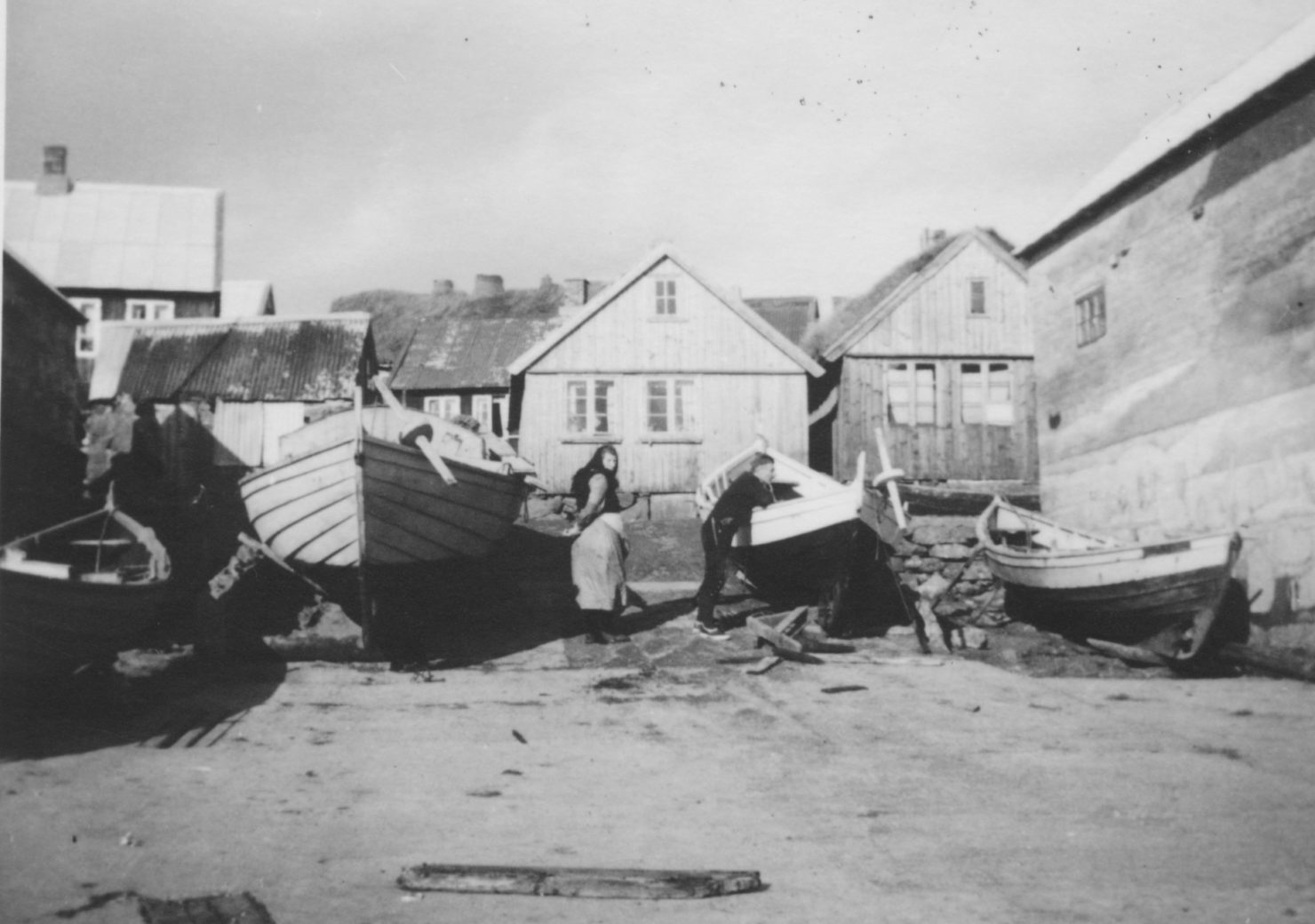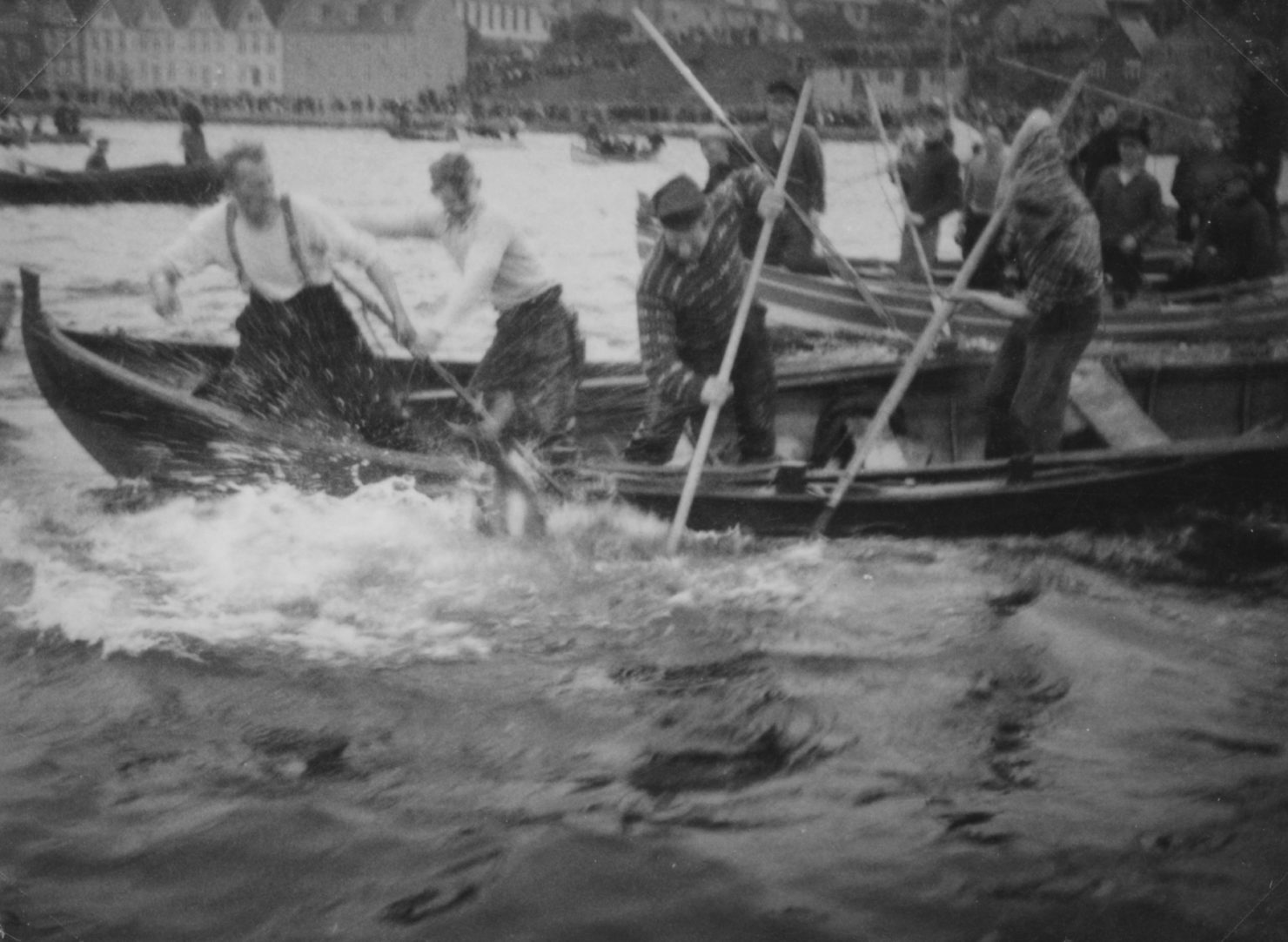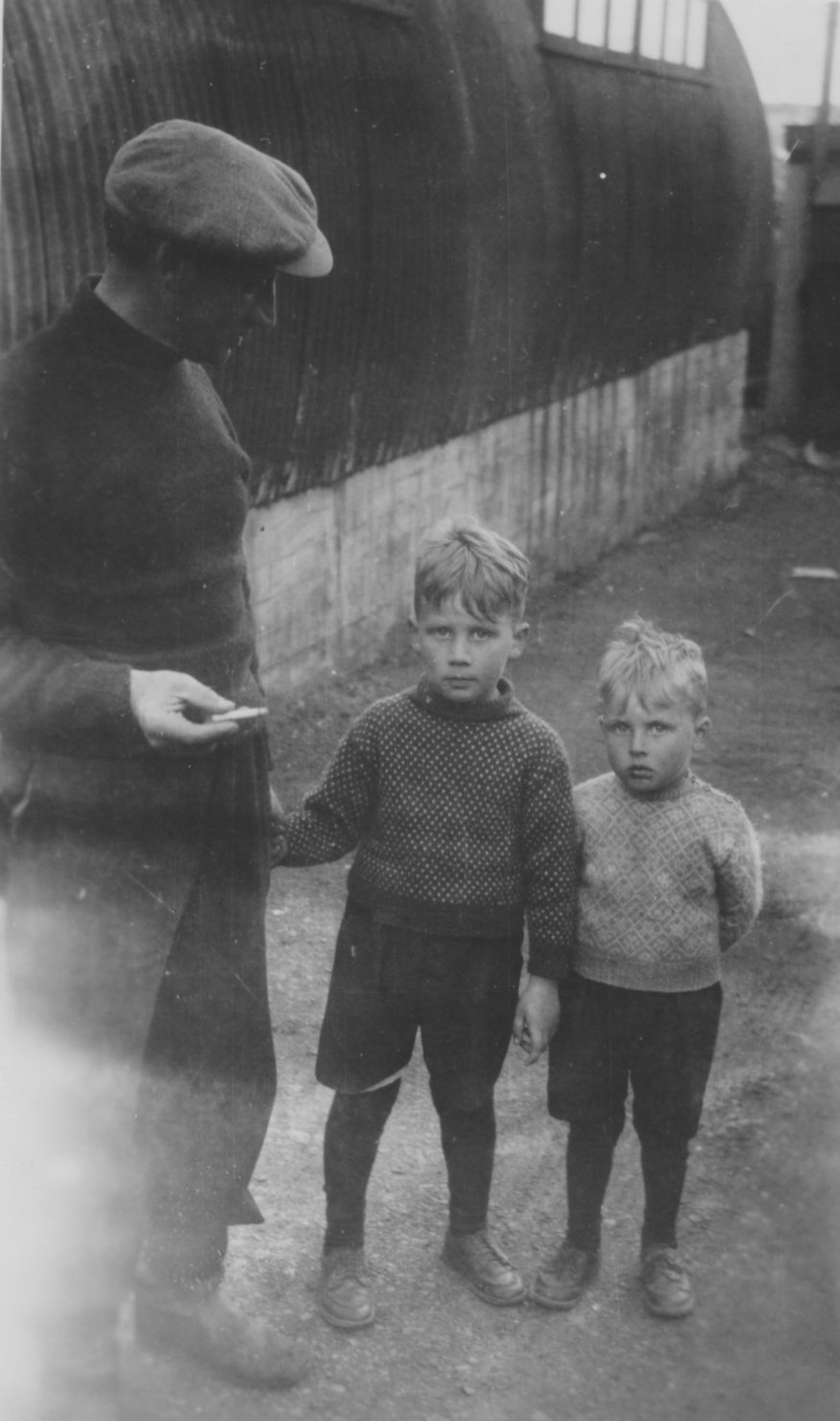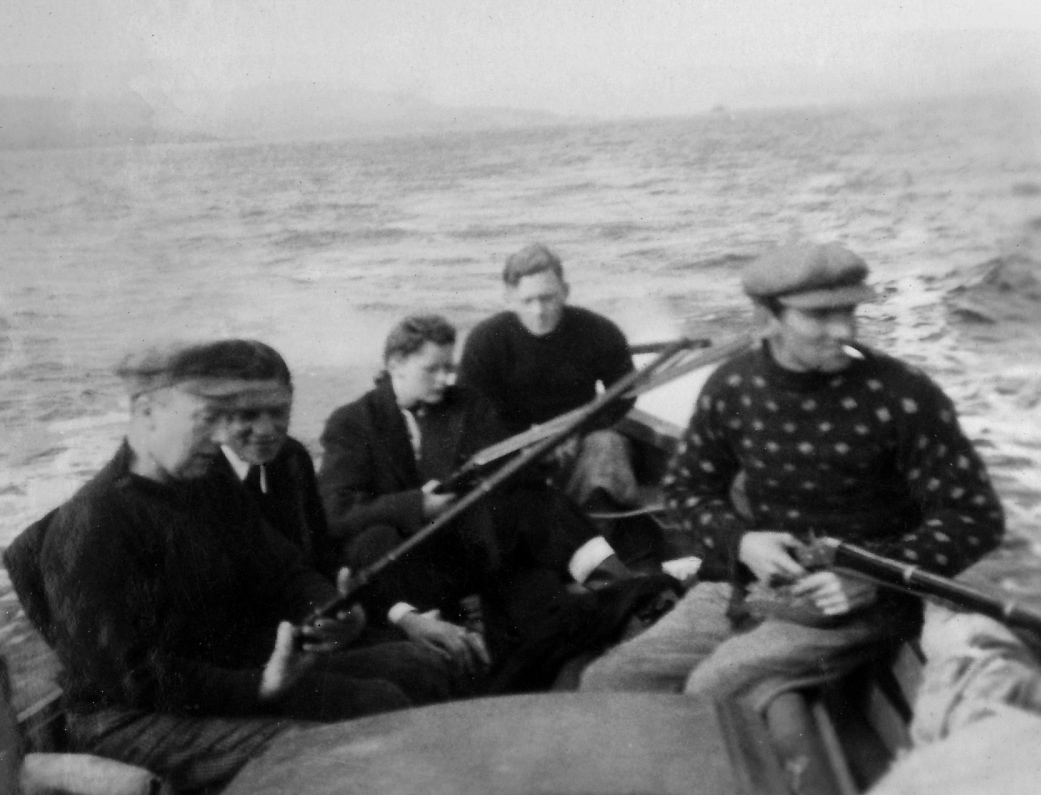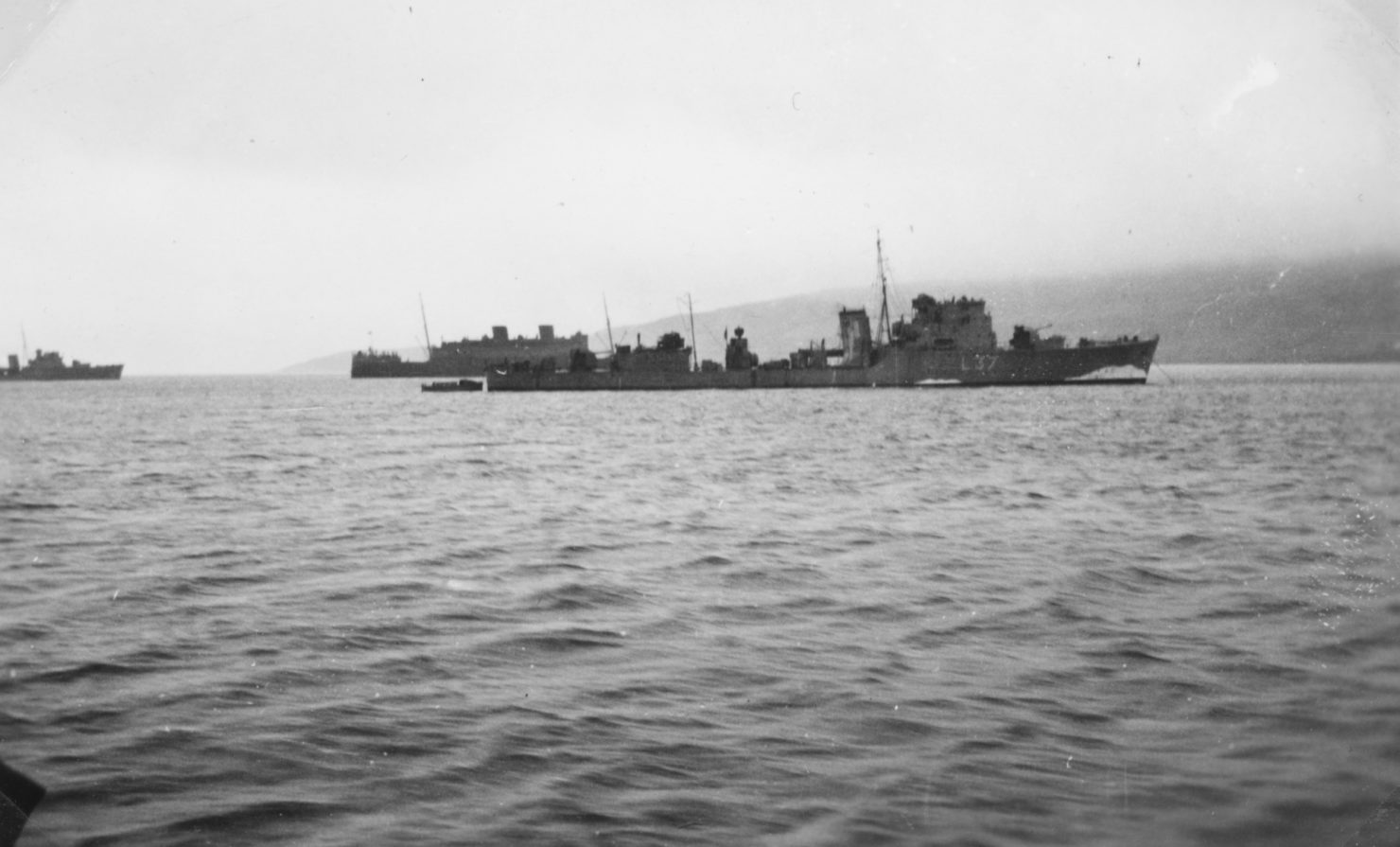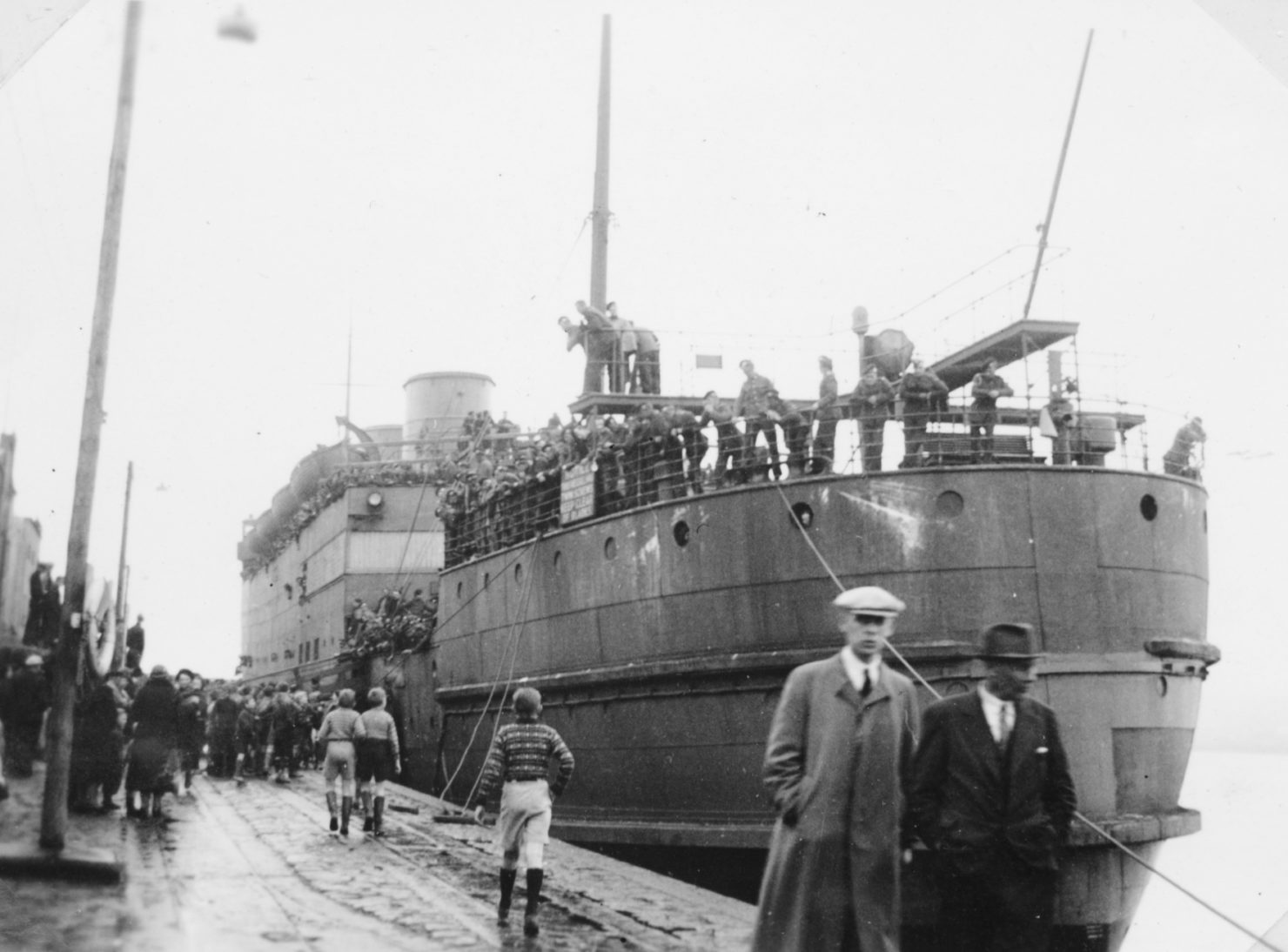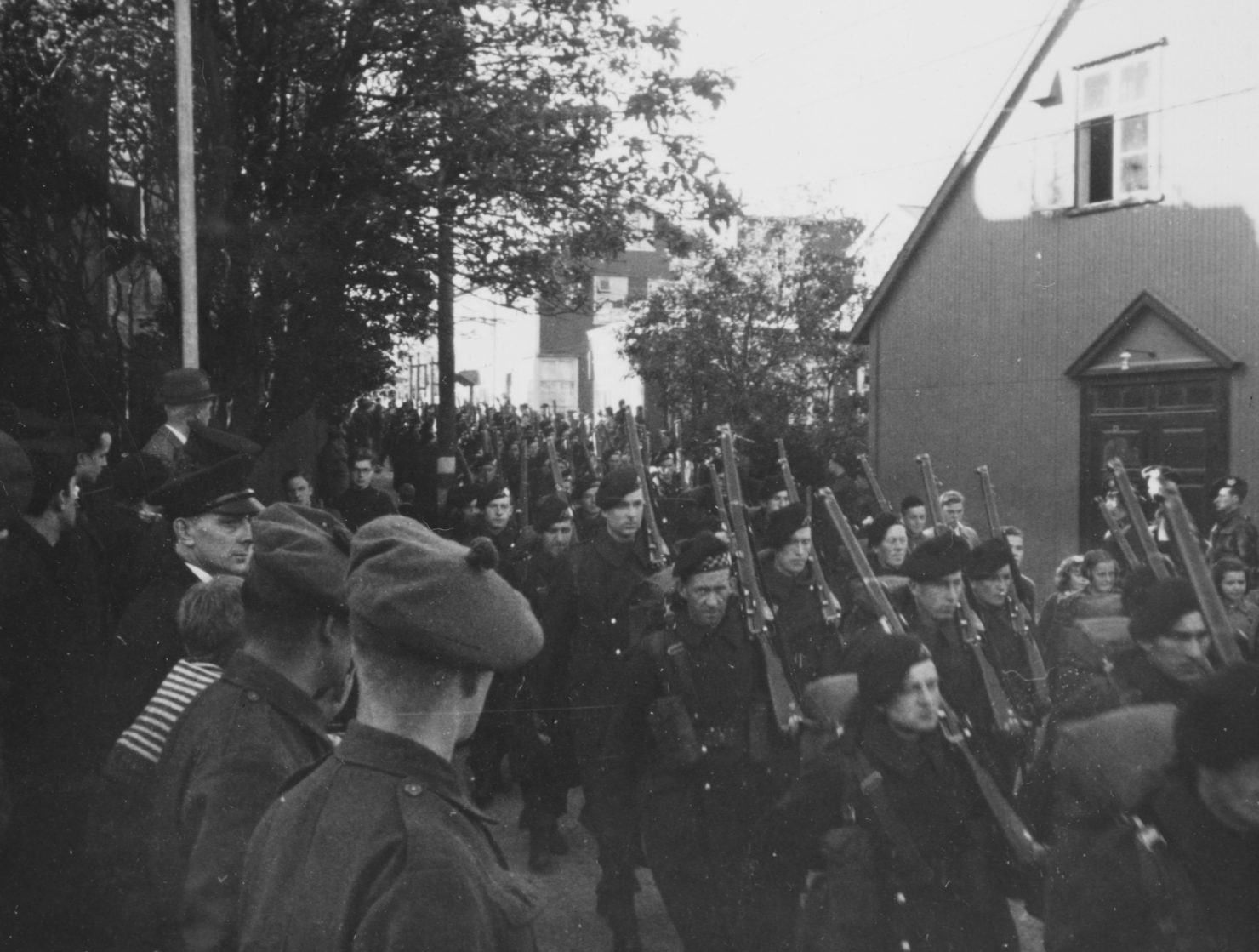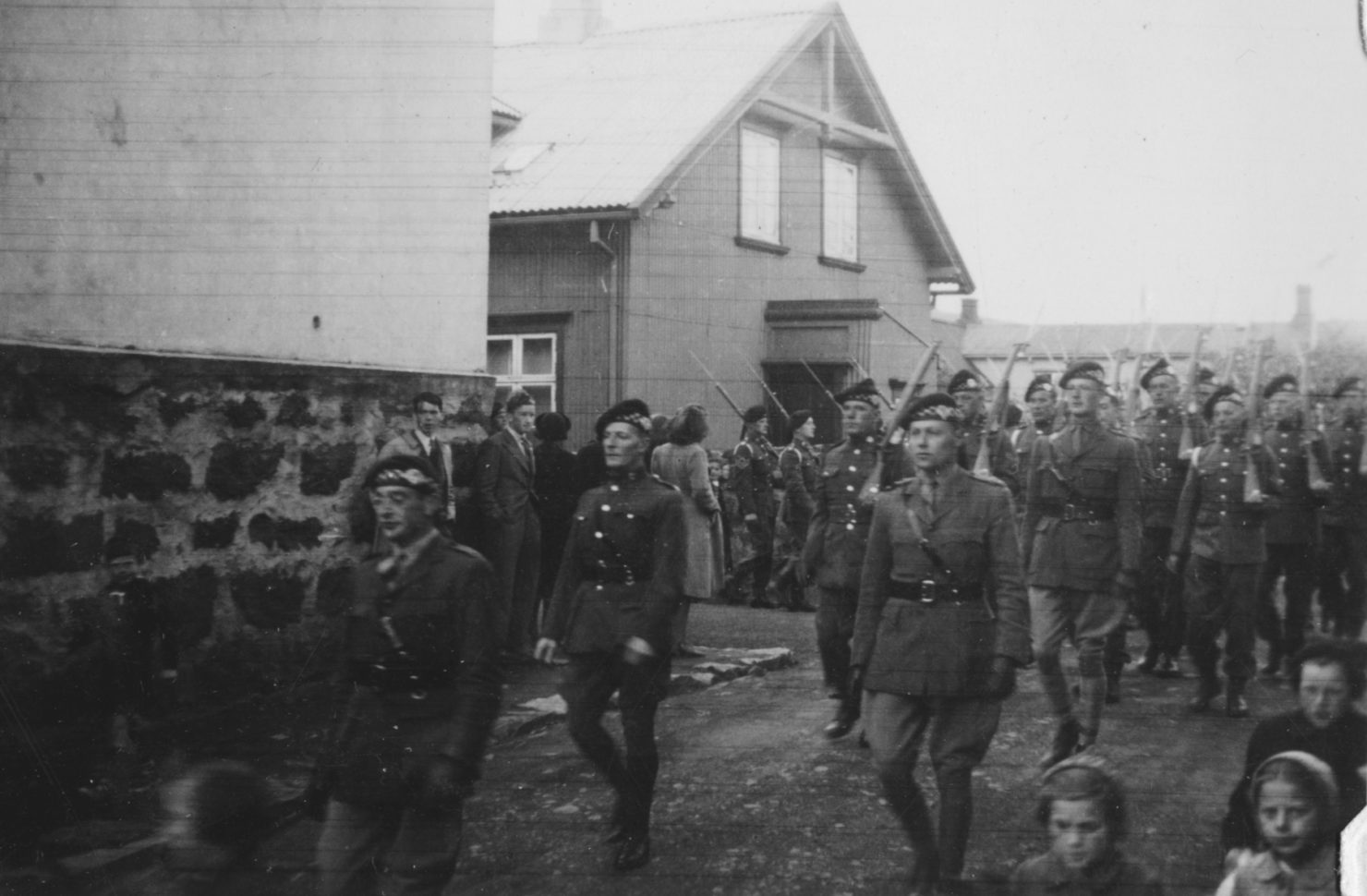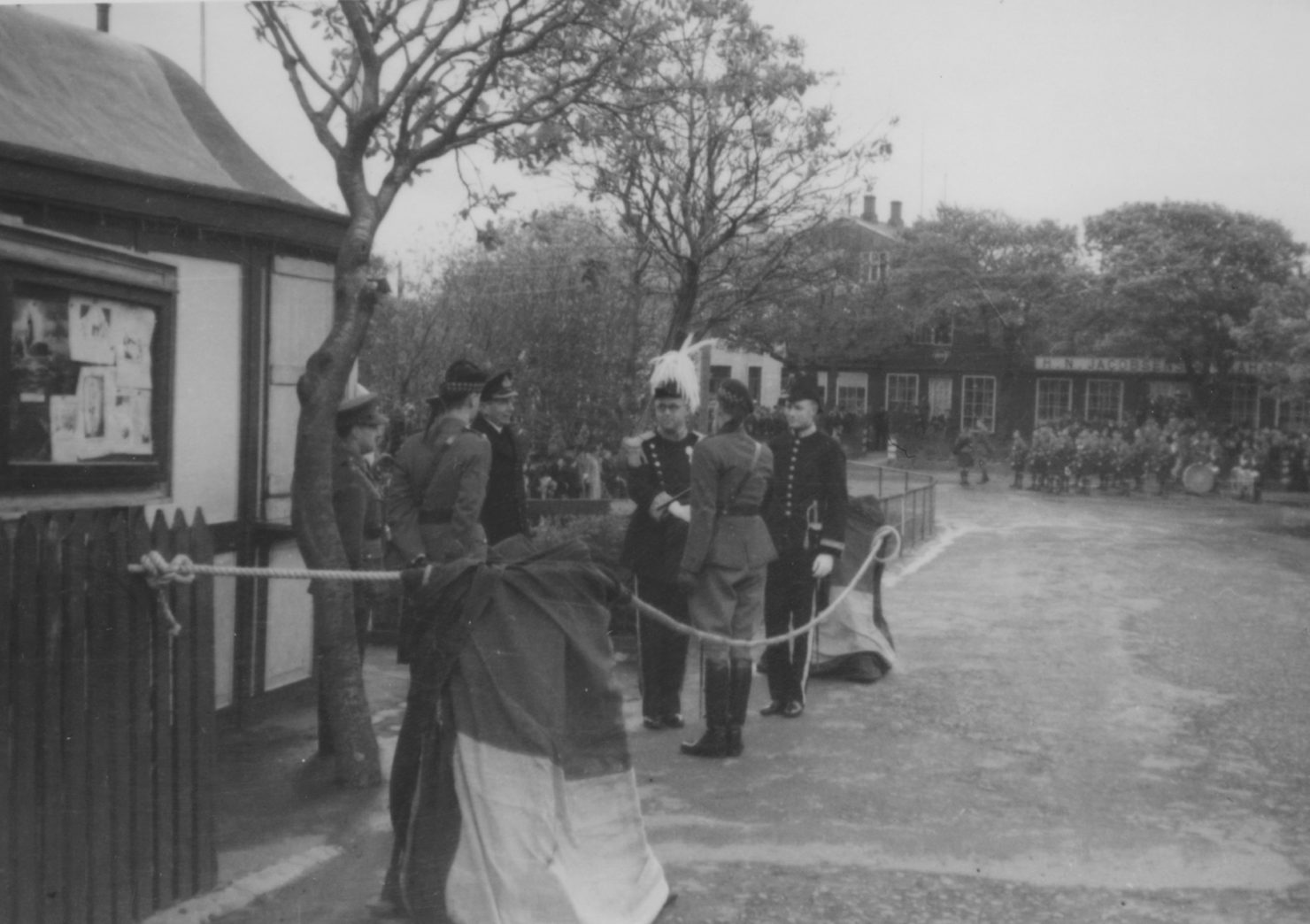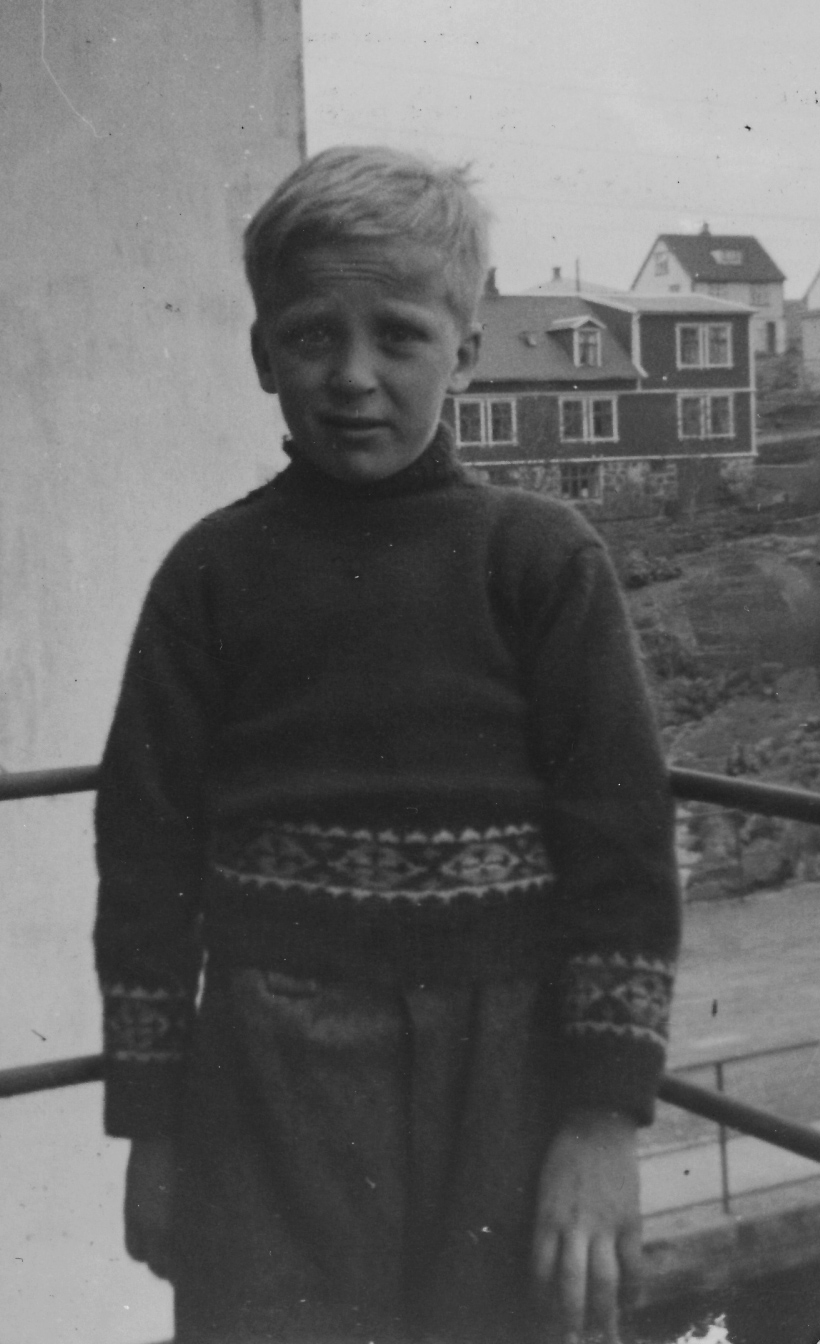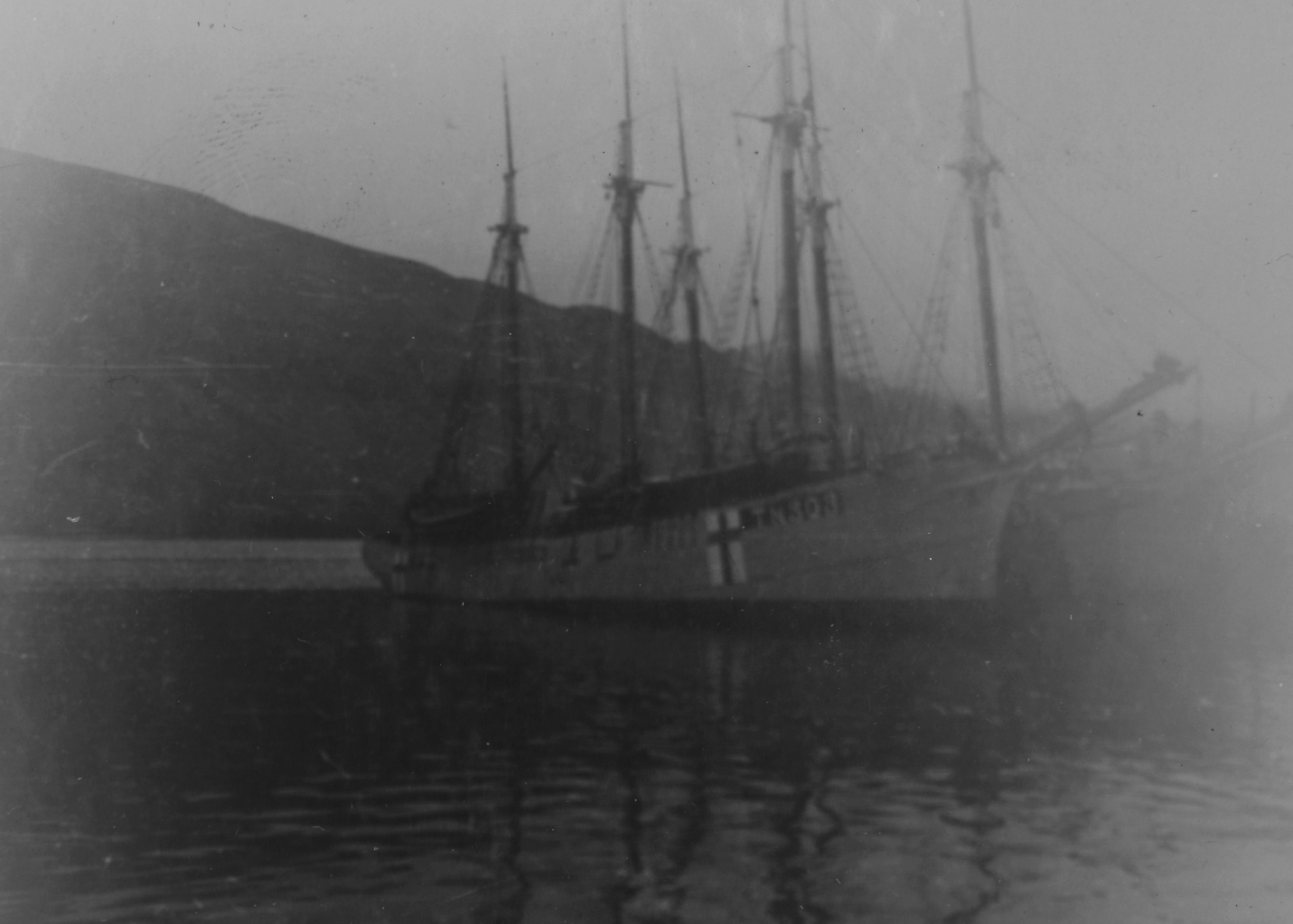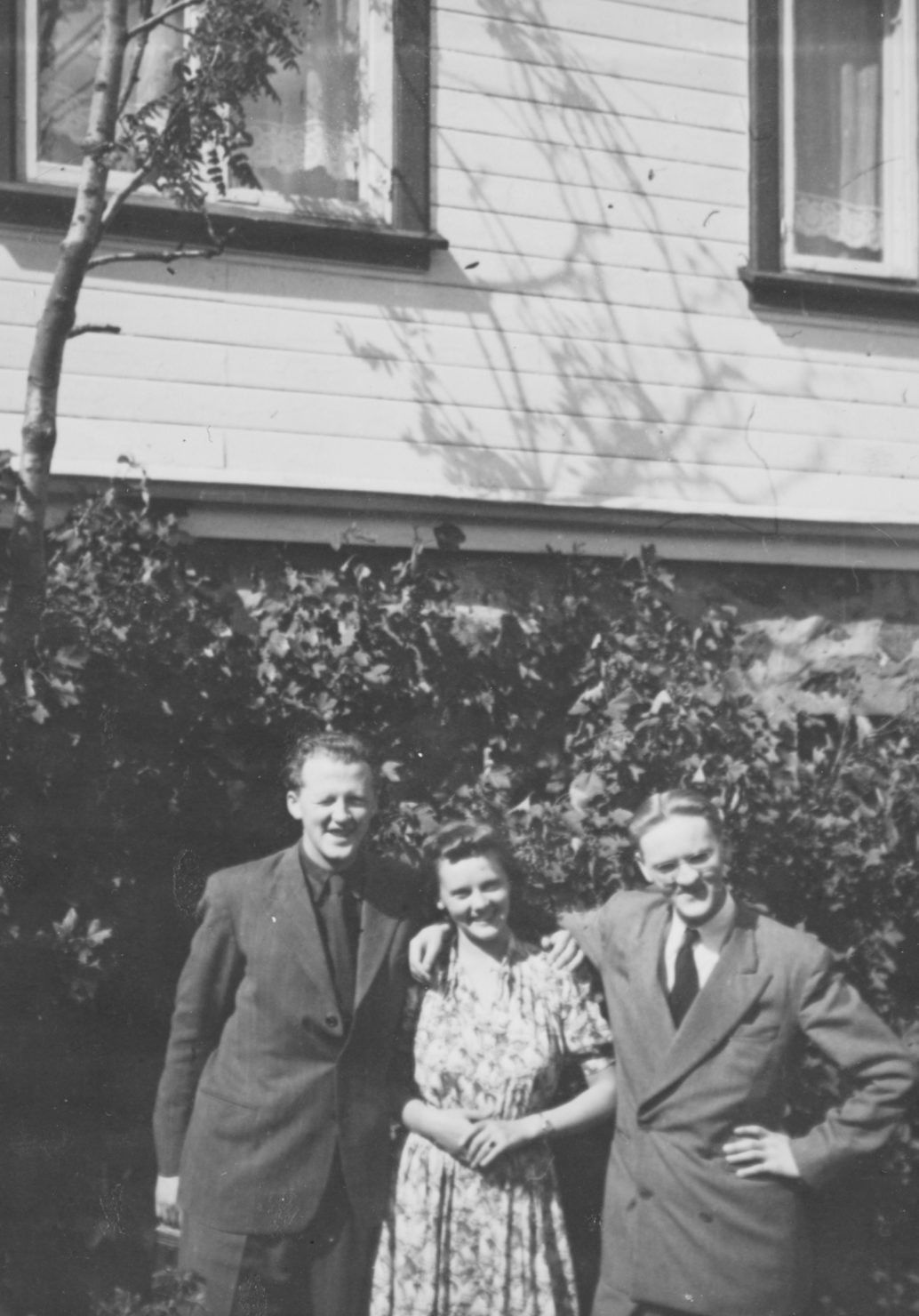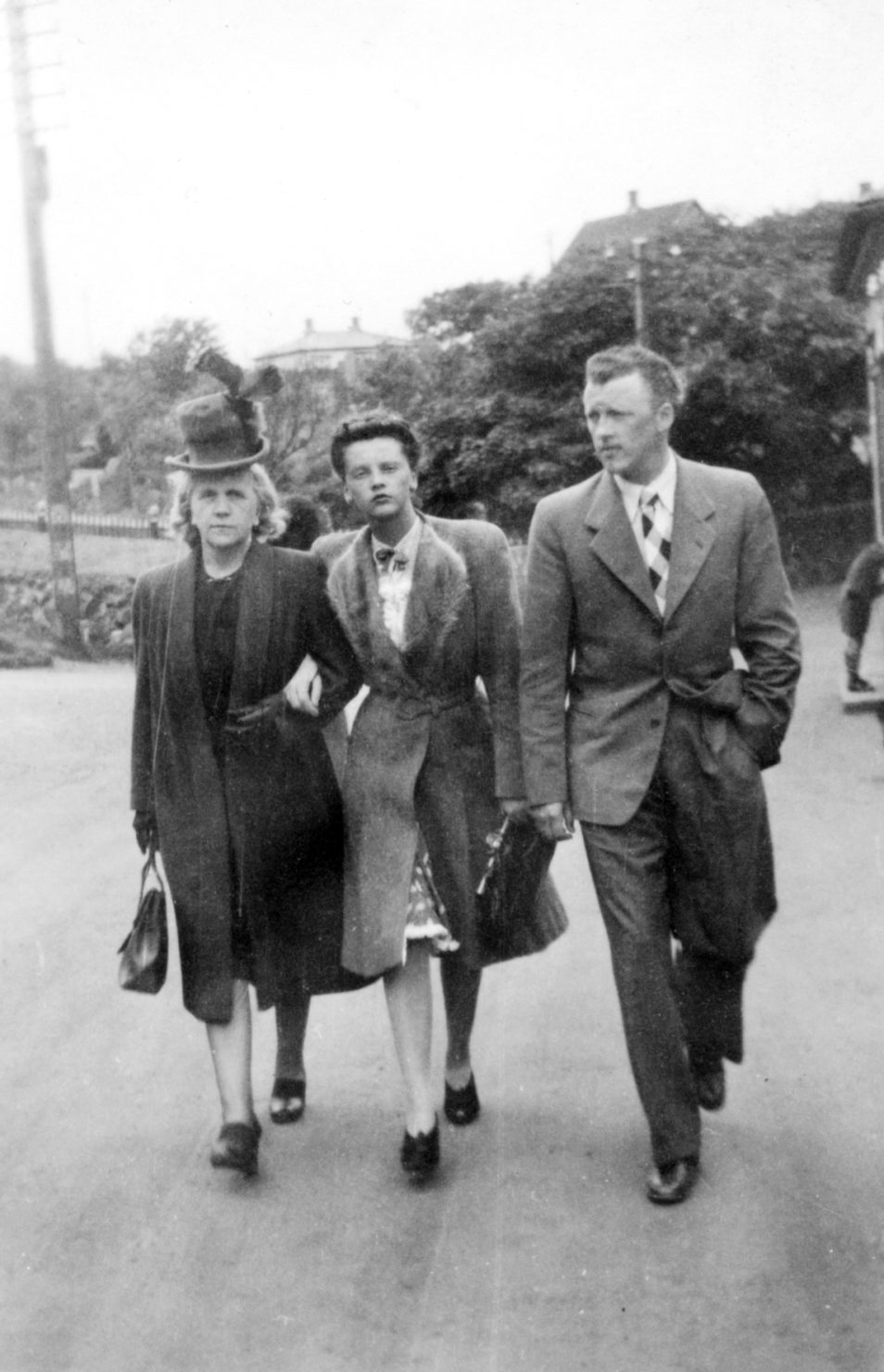- Contents
Life in the Faroe Islands

Ólöf accompanied her father, Páll Ólafsson, to the Faroe Islands where he had business interests, and where he was later appointed Iceland’s first consul. With the outbreak of World War II, it was impossible for people to travel to Denmark, which was under nazi occupation, and sailing to Iceland also had its risks because of German submarine activity. Even so, father and daughter made two trips to Iceland by boat during the war.
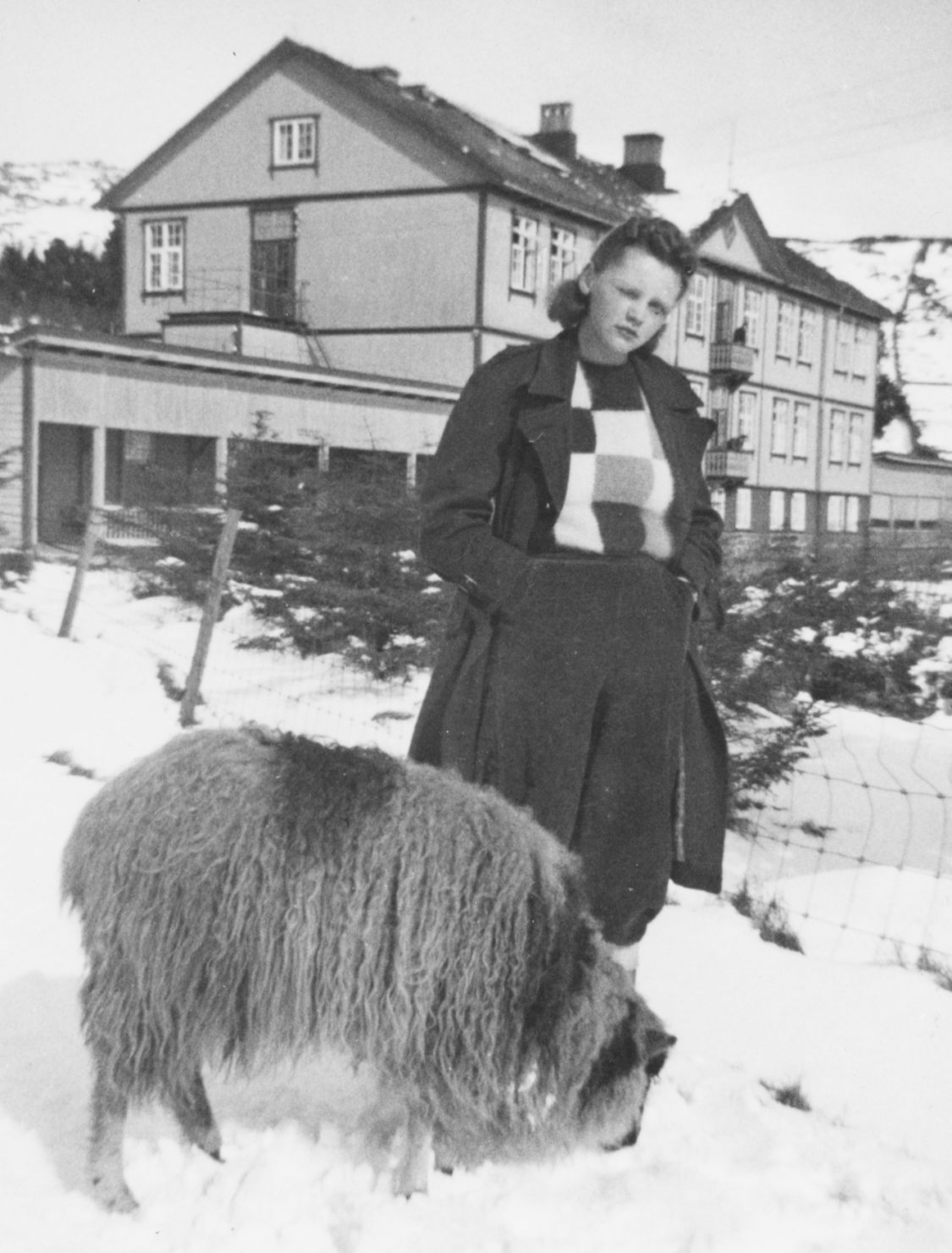


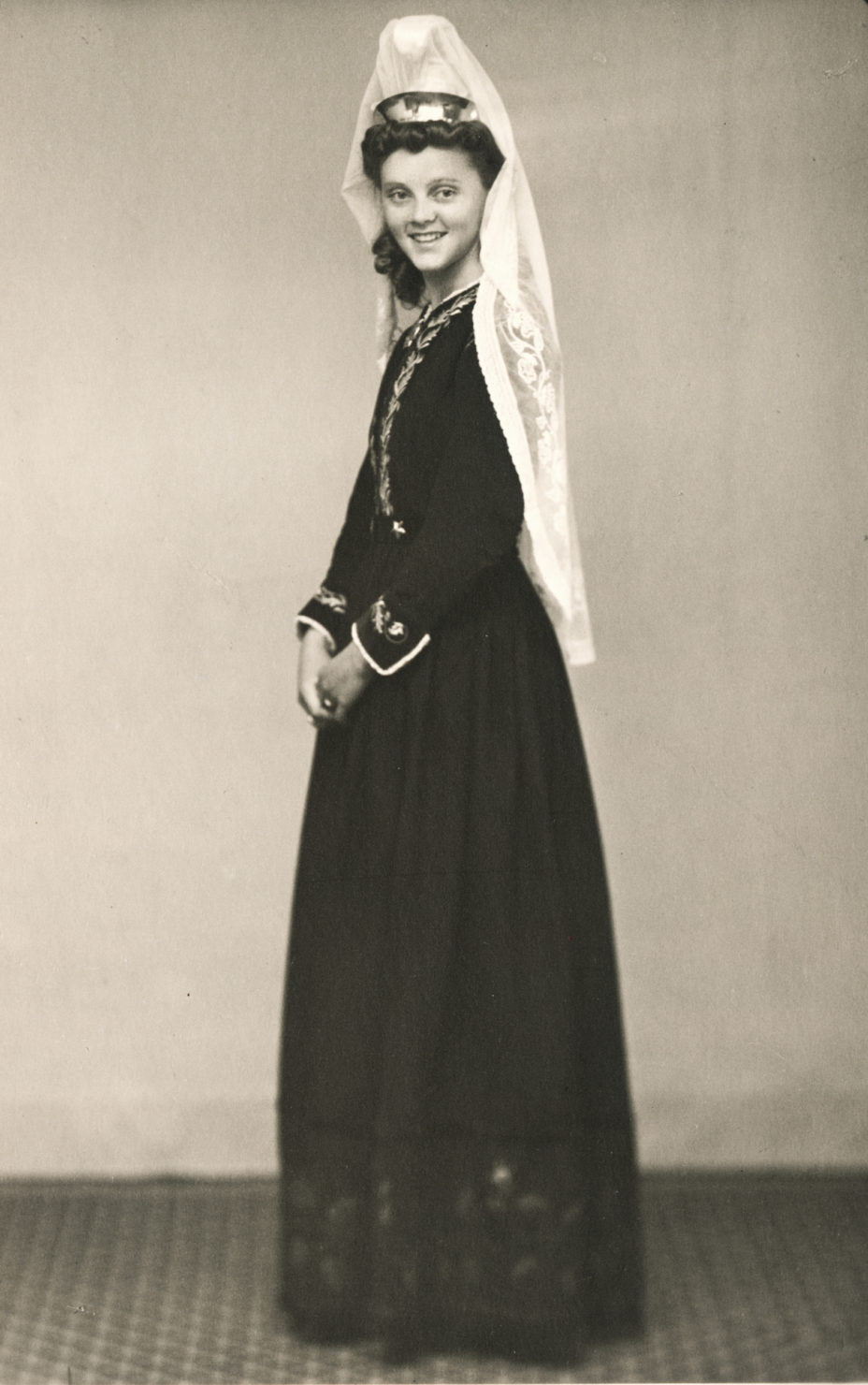

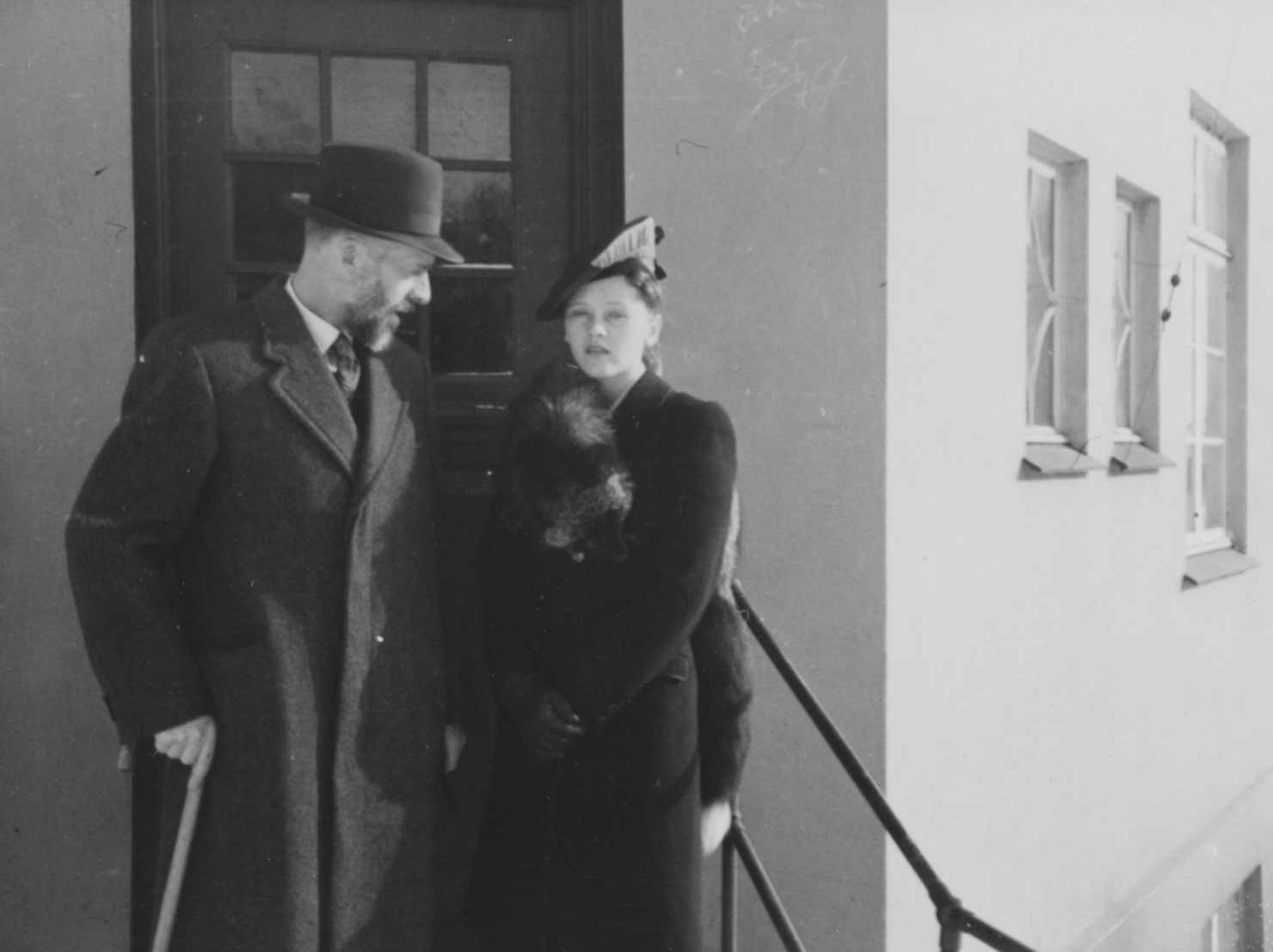

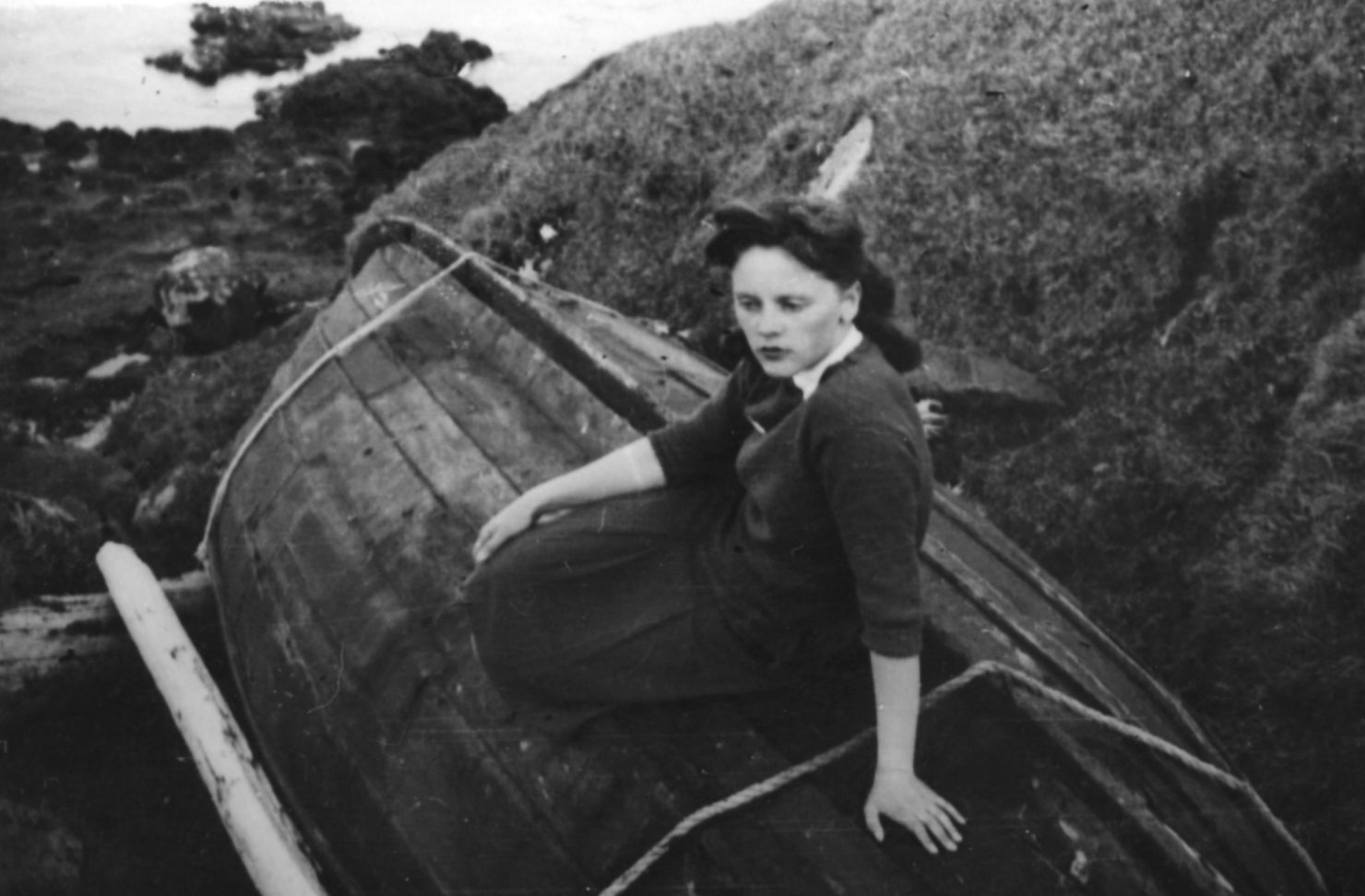


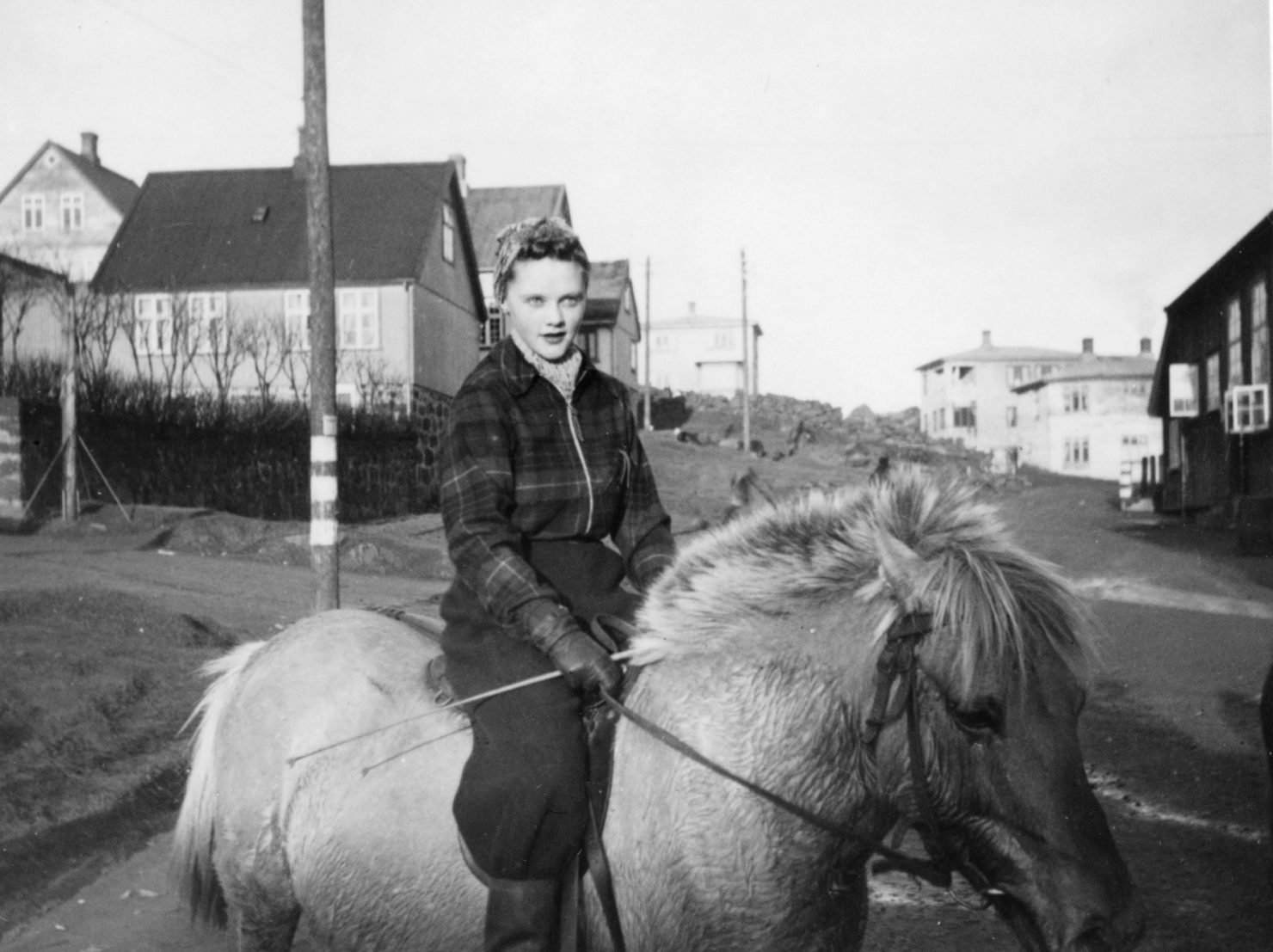


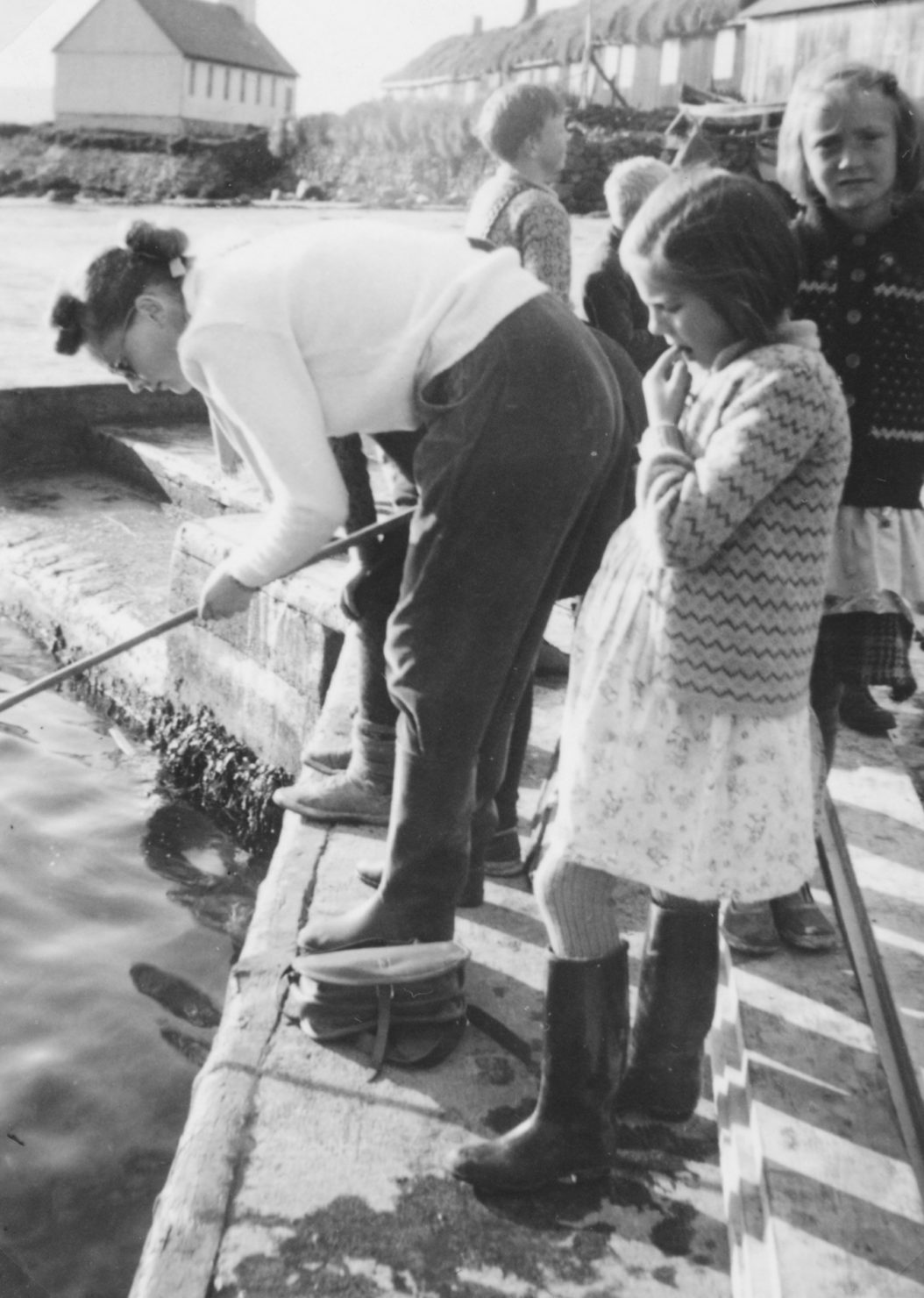
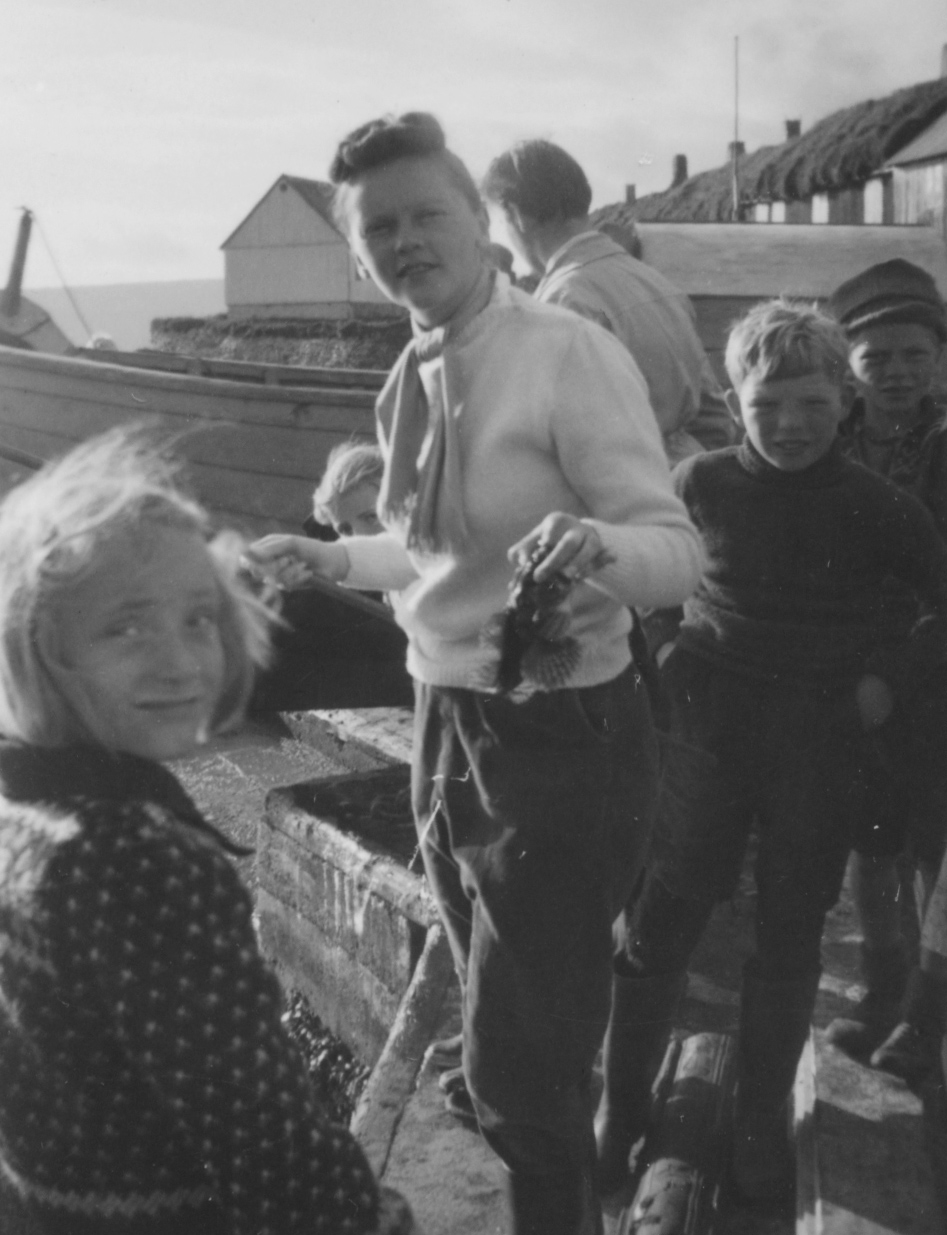
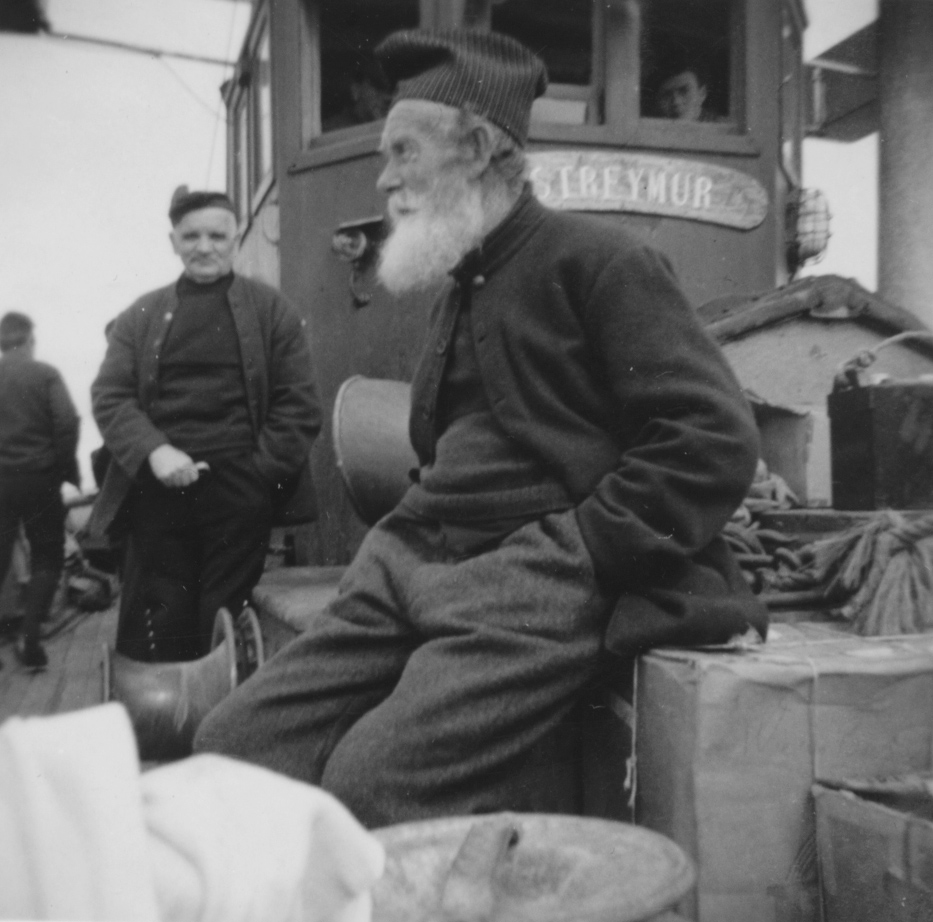
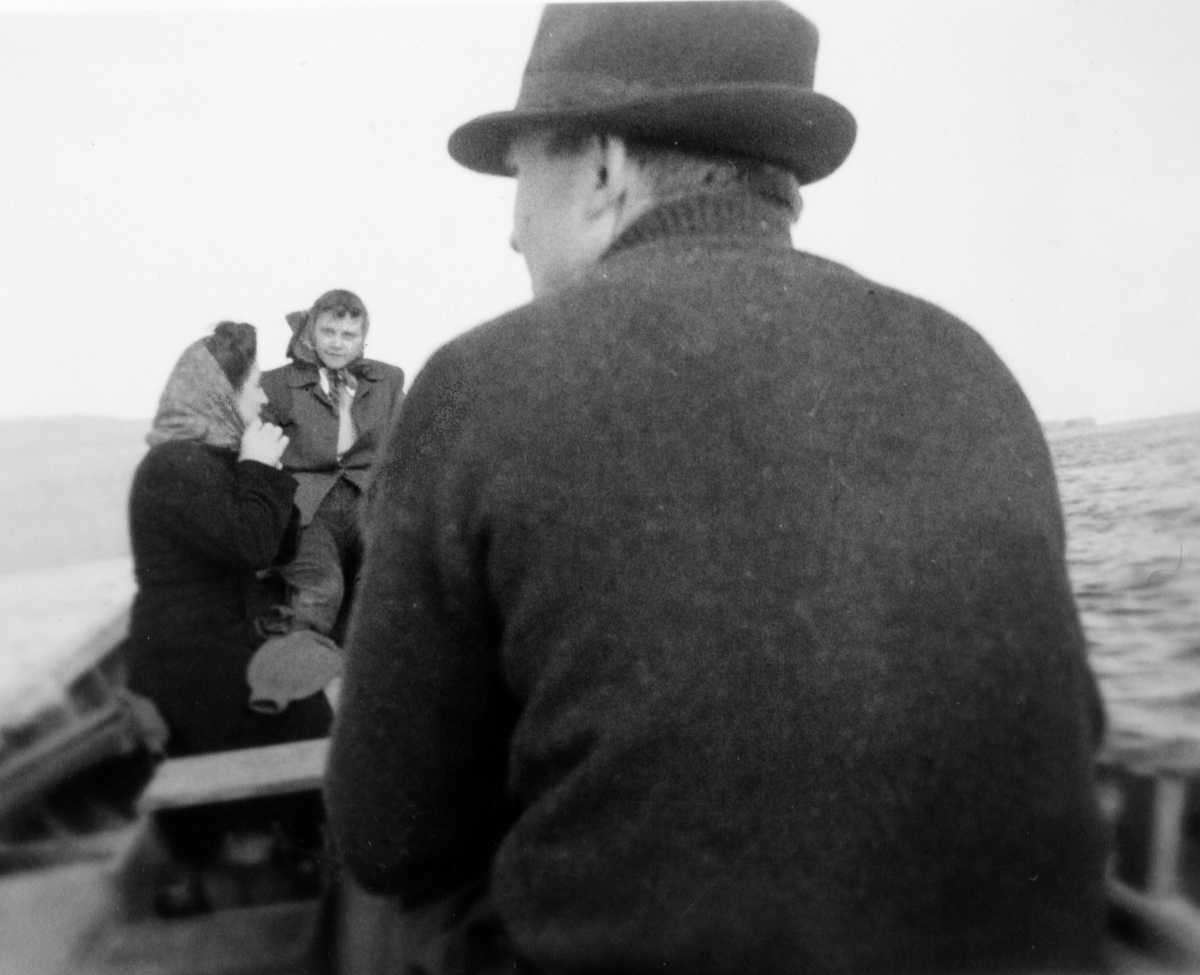

TRAPPED BY War in the Prime of Life
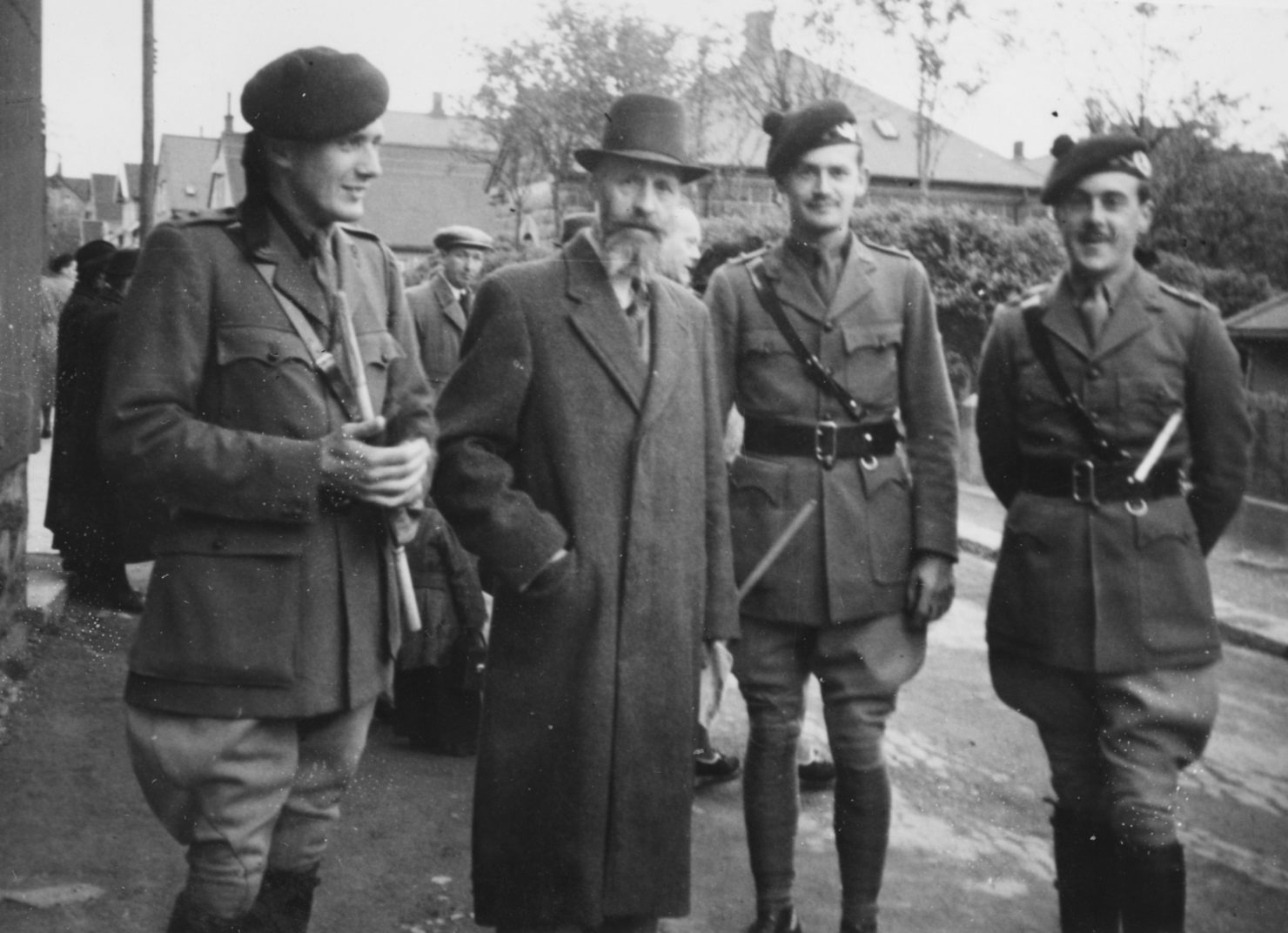
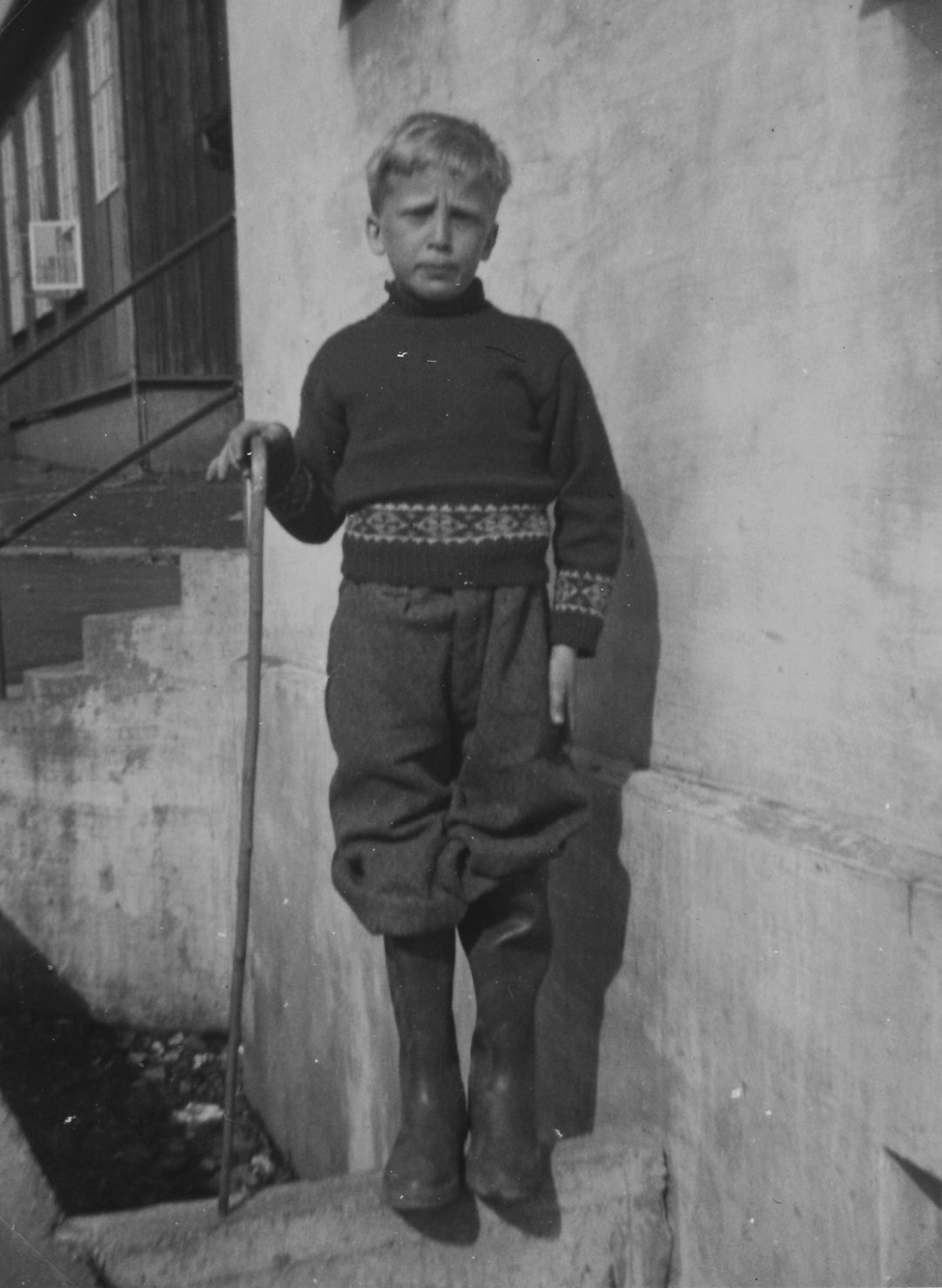
Armas Manninin was the name of this Finnish orphan, a war refugee who was shipwrecked. Páll and Ólöf took Armas in and offered him a permanent home, but Armas chose to go in search of his relatives. Only a day or two after Armas set sail from the port, the people of Tórshavn were informed that his ship had been sunk by the Germans and there were no survivors.
Dangerous Voyages
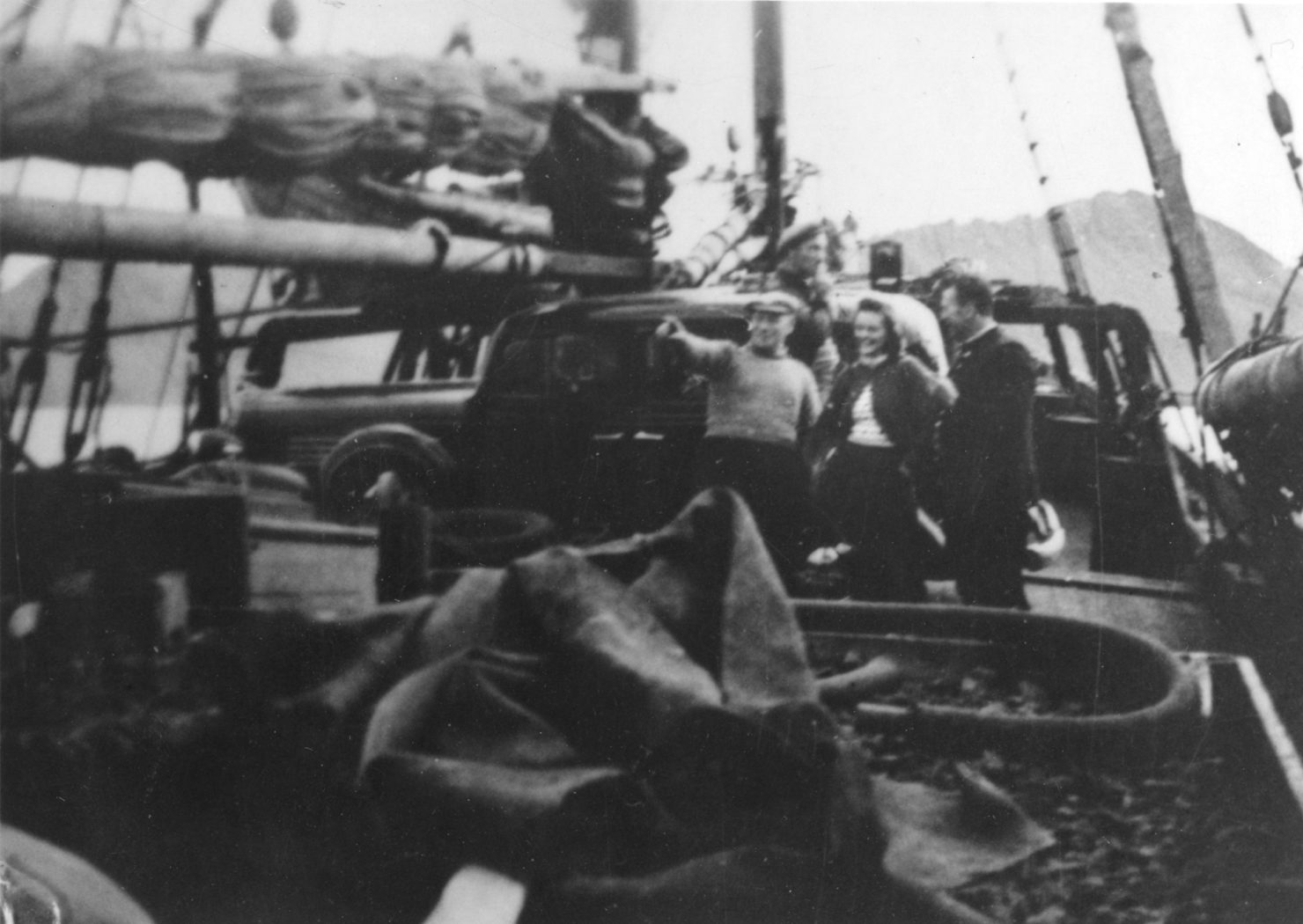
As mentioned earlier, father and daughter sailed back and forth to Iceland on two separate occasions. German submarine telescopes would track even smaller vessels sailing to and from Iceland, but sometimes didn’t think it was worth wasting a torpedo on them. Ólöf recalled the sole weapon the Faroese had on board was a kind of a gun that fired potatoes.
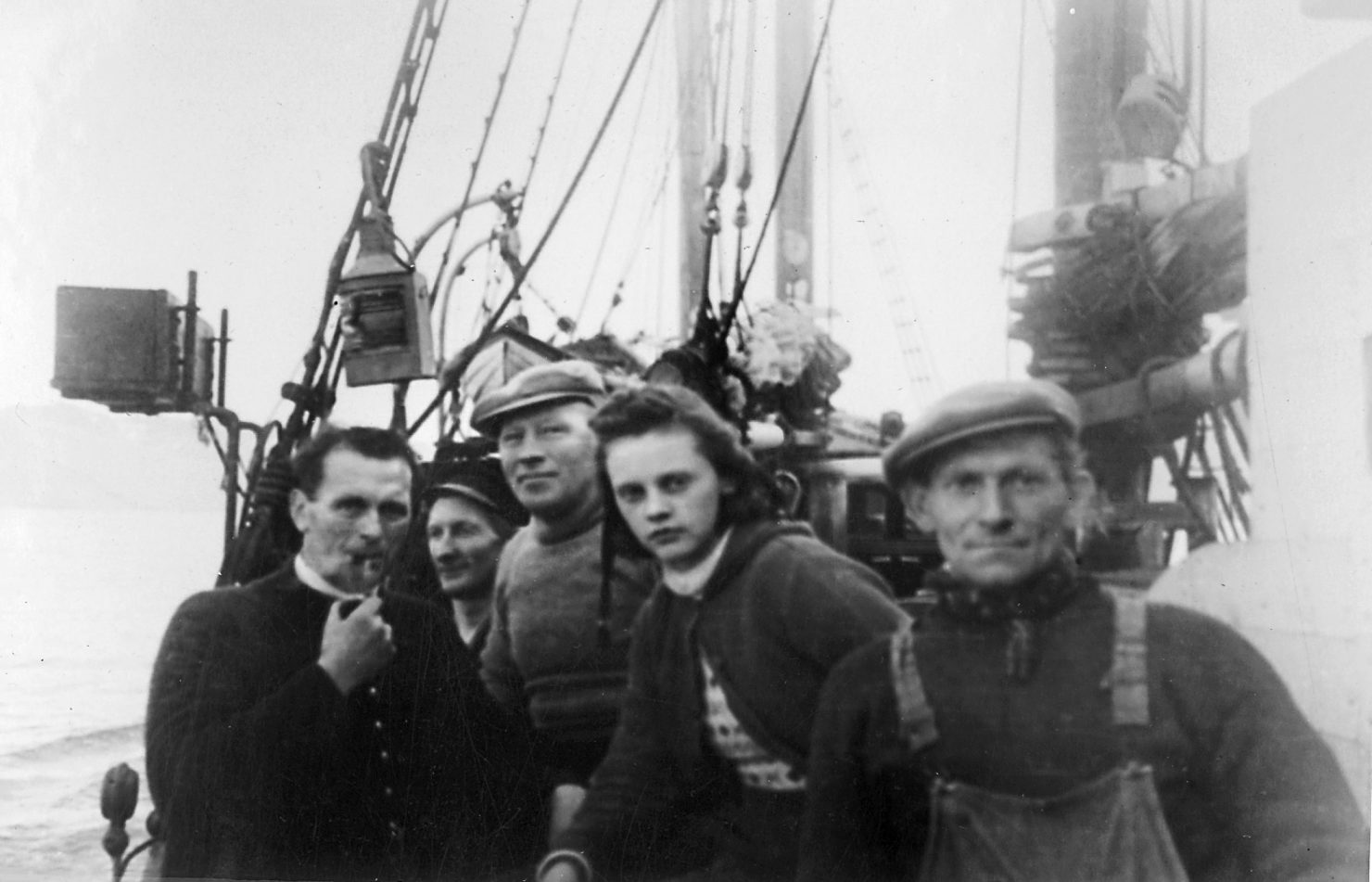

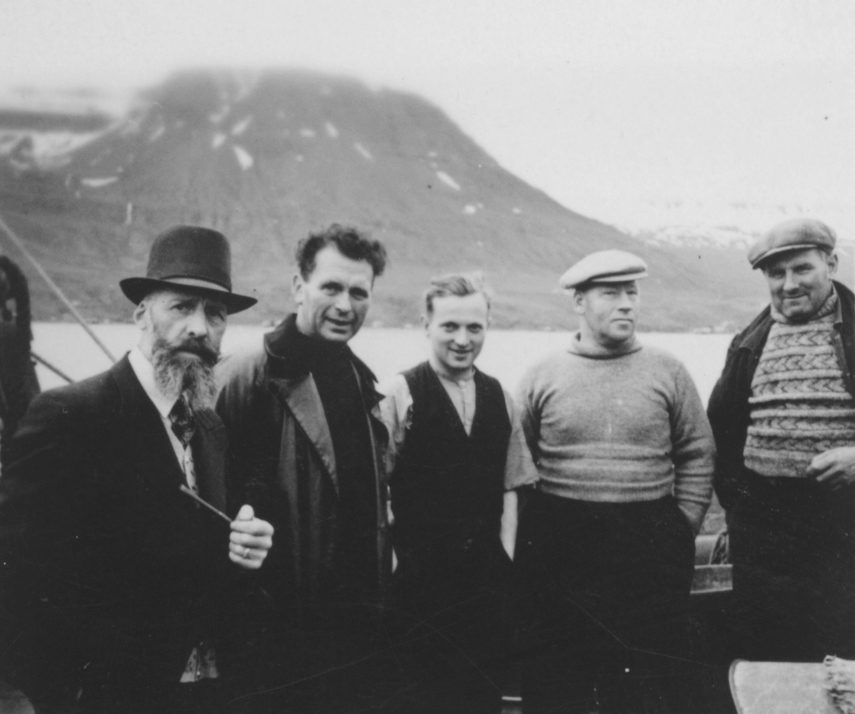

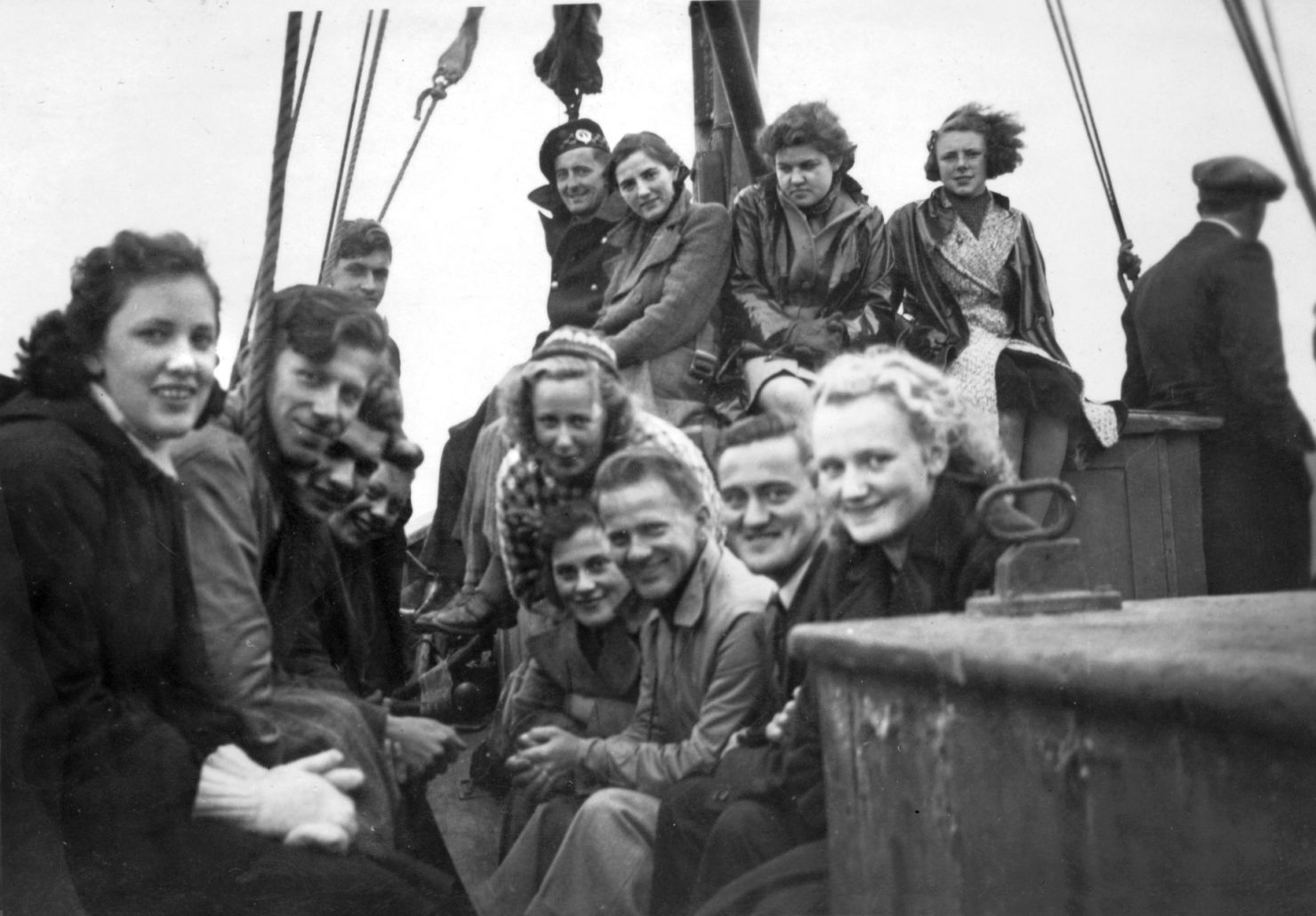
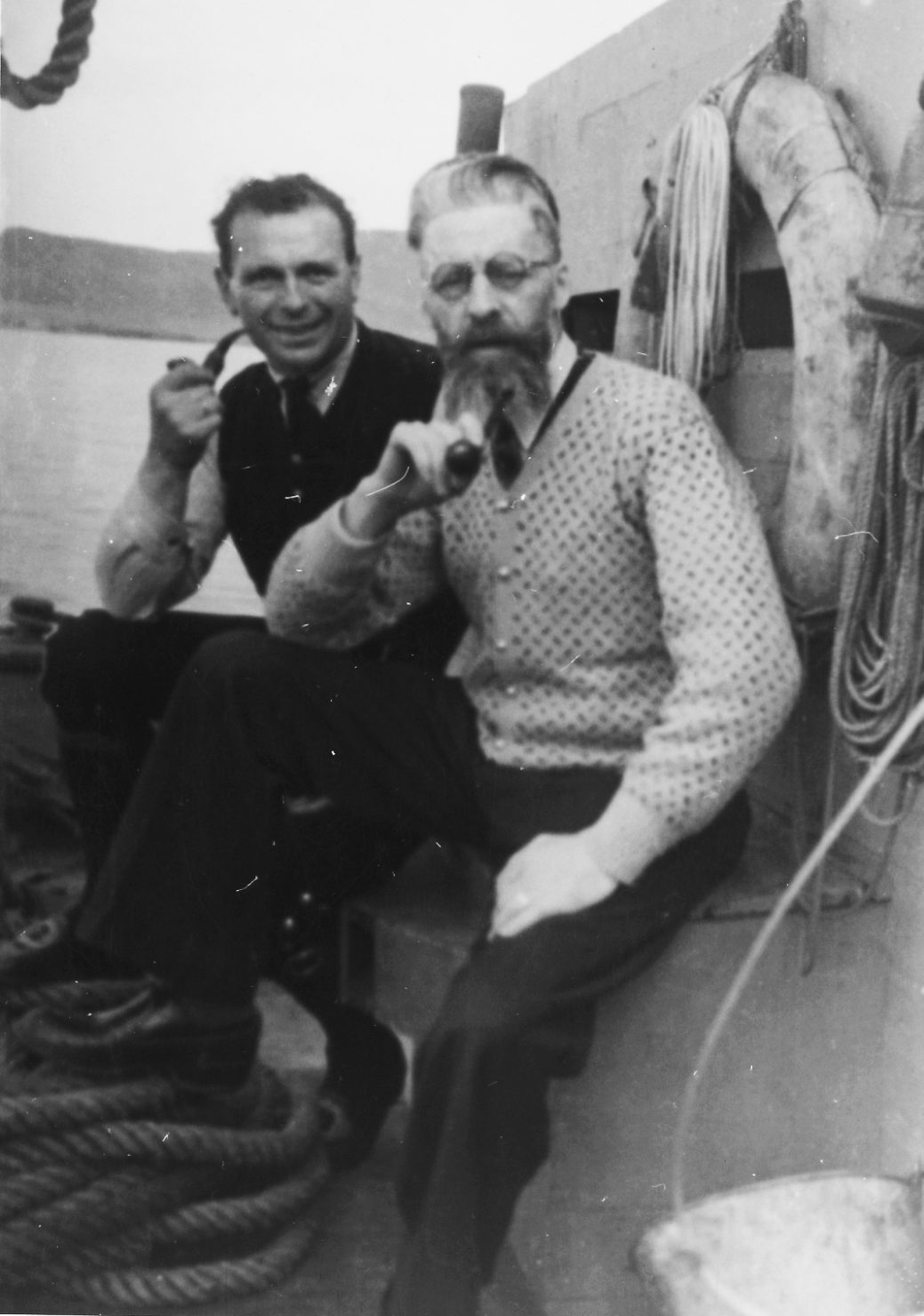
Sheltered by Boulders

During the war years, whenever people were out and about on the Faroe Islands, it was considered advisable always to pinpoint out a nearby boulder or large rock. The Germans were in the habit of flying over the Faroe Islands to use up the bombs and ammunition they had been unable to unleash on the British. Many inhabitants of Tórshavn, including Ólöf, owed their lives to the various rocks and boulders on the slopes around Tórshavn.

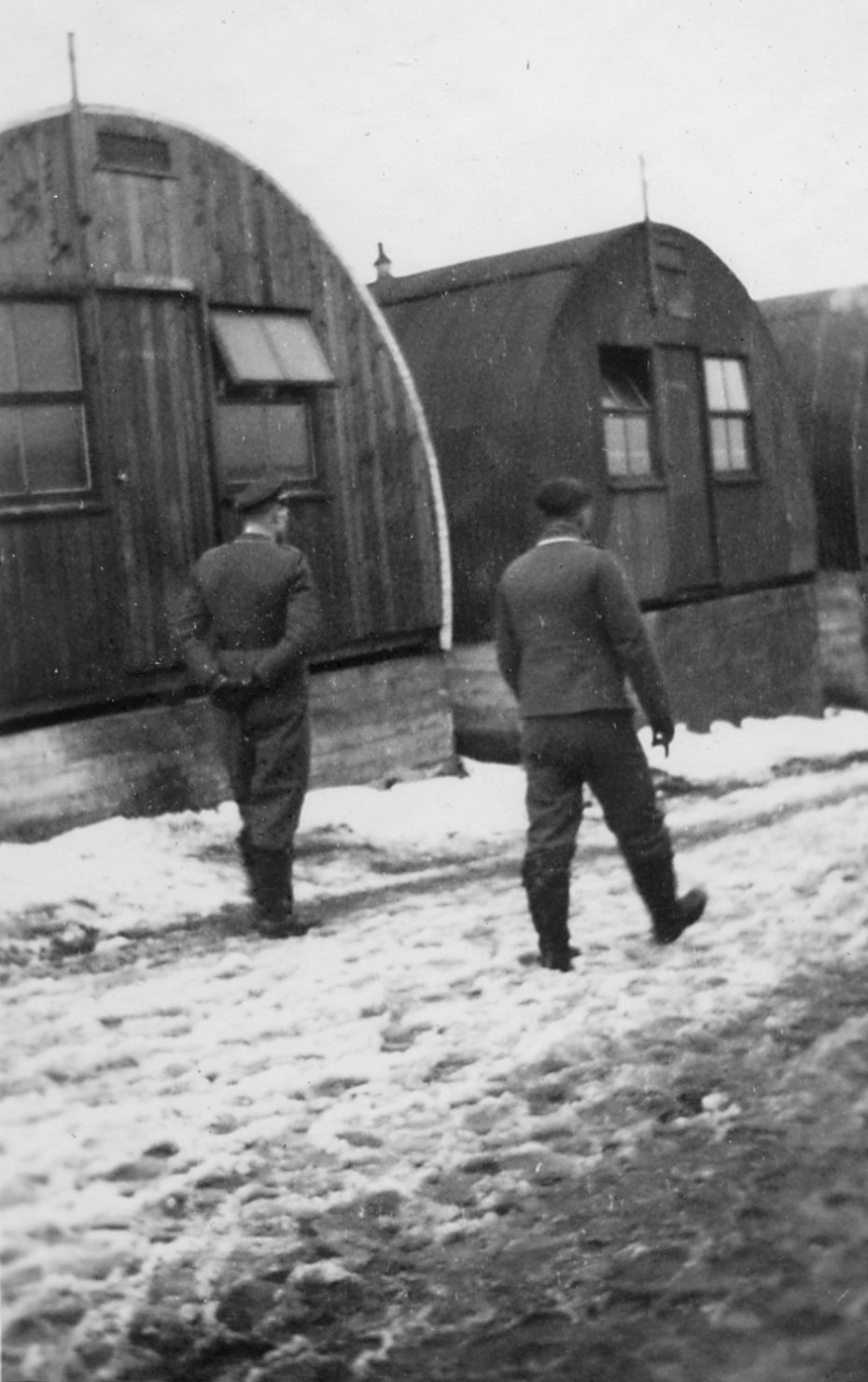
The Family Reunited at the End of the War
